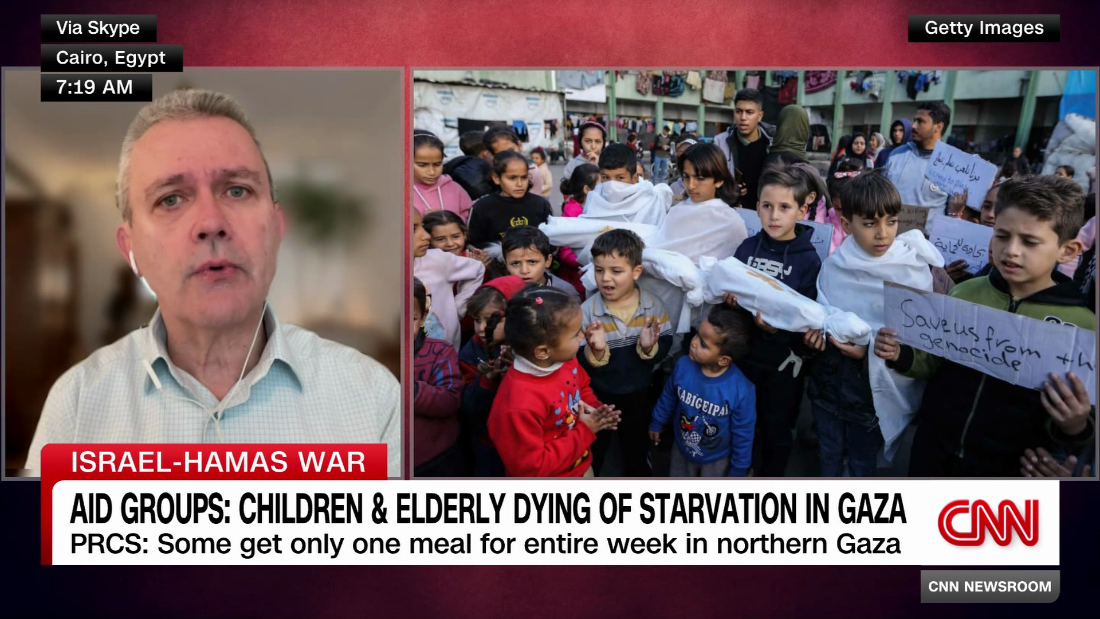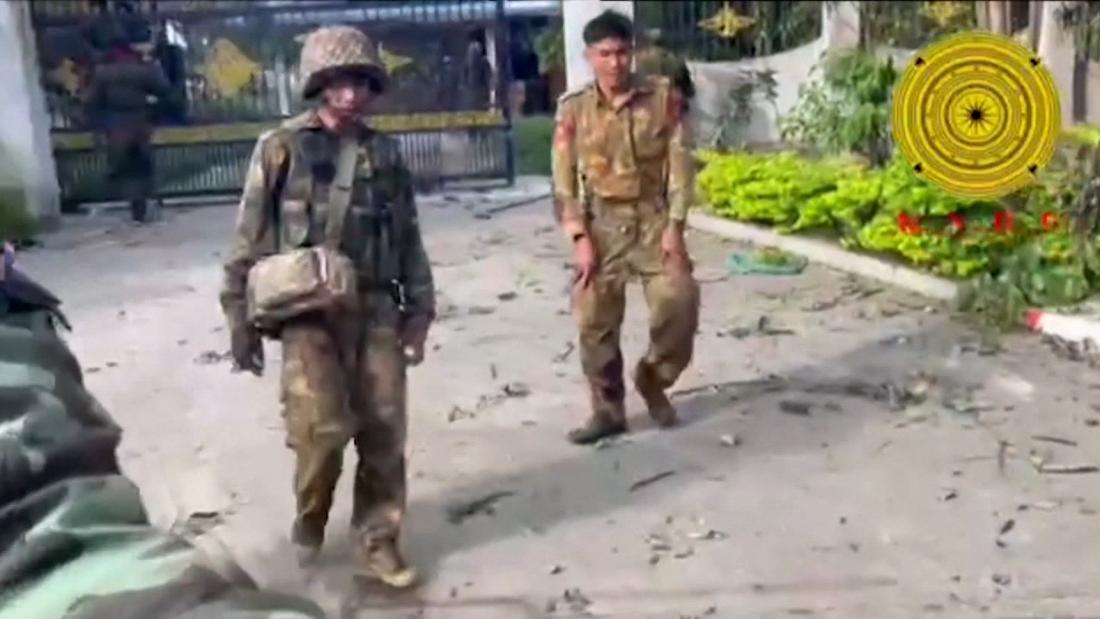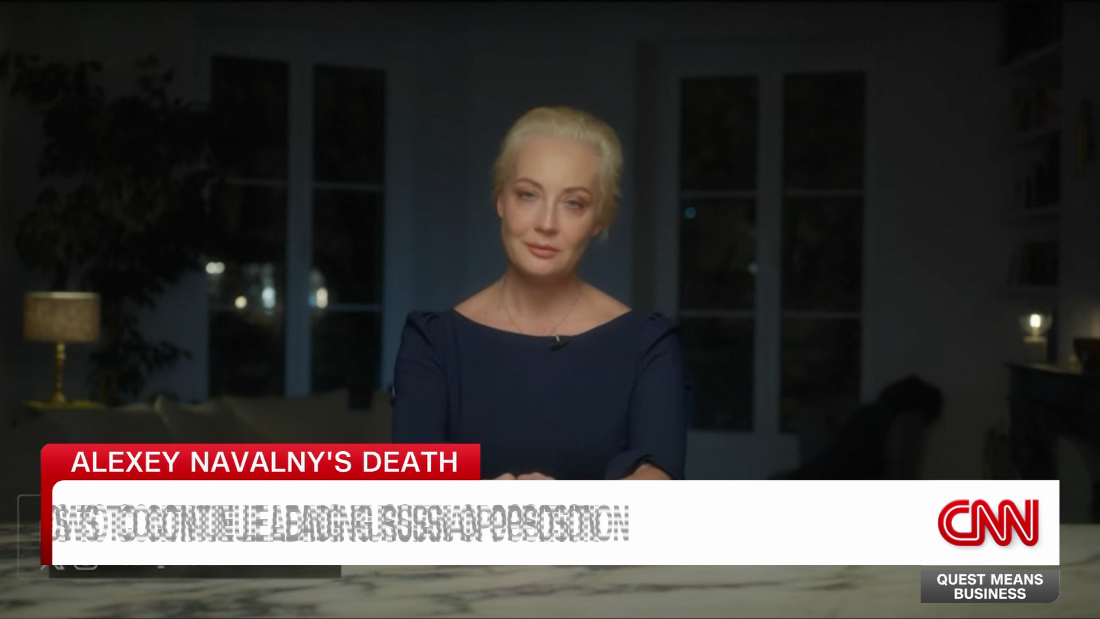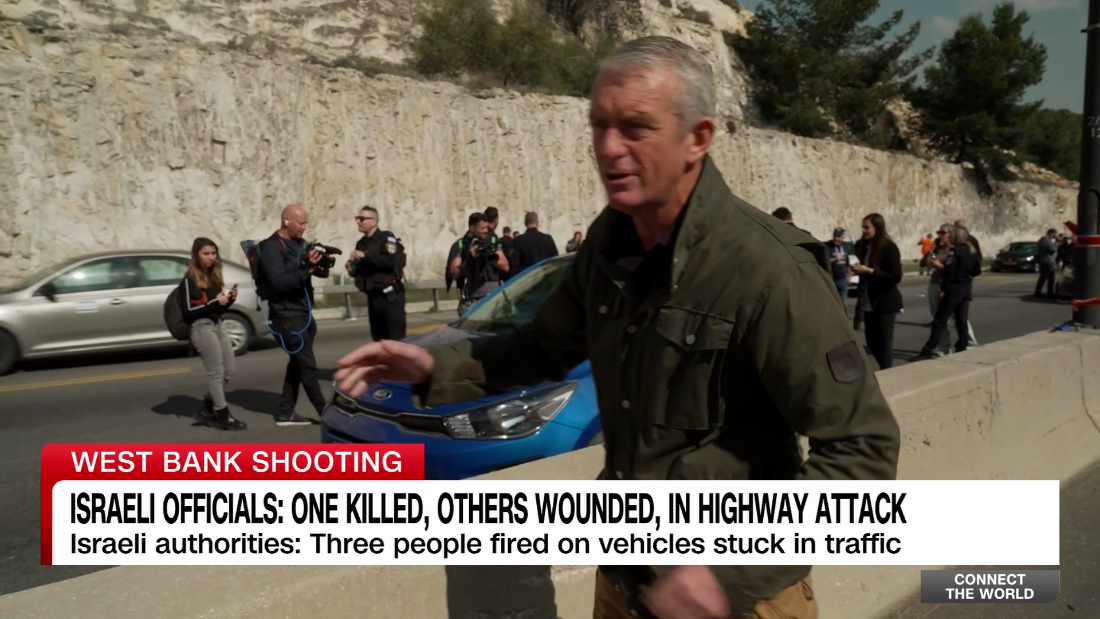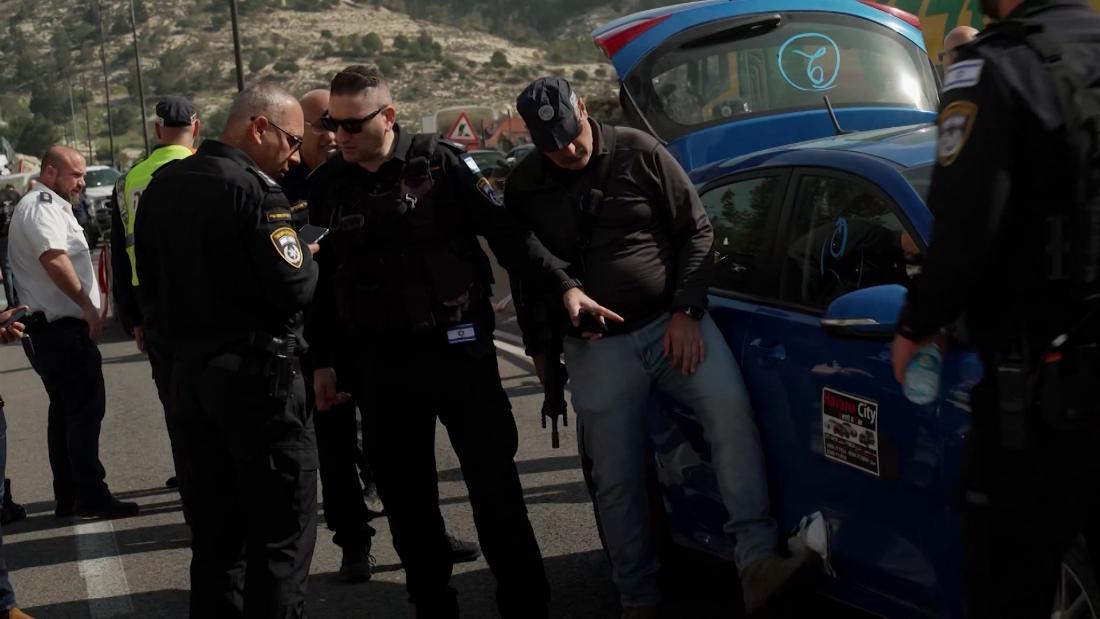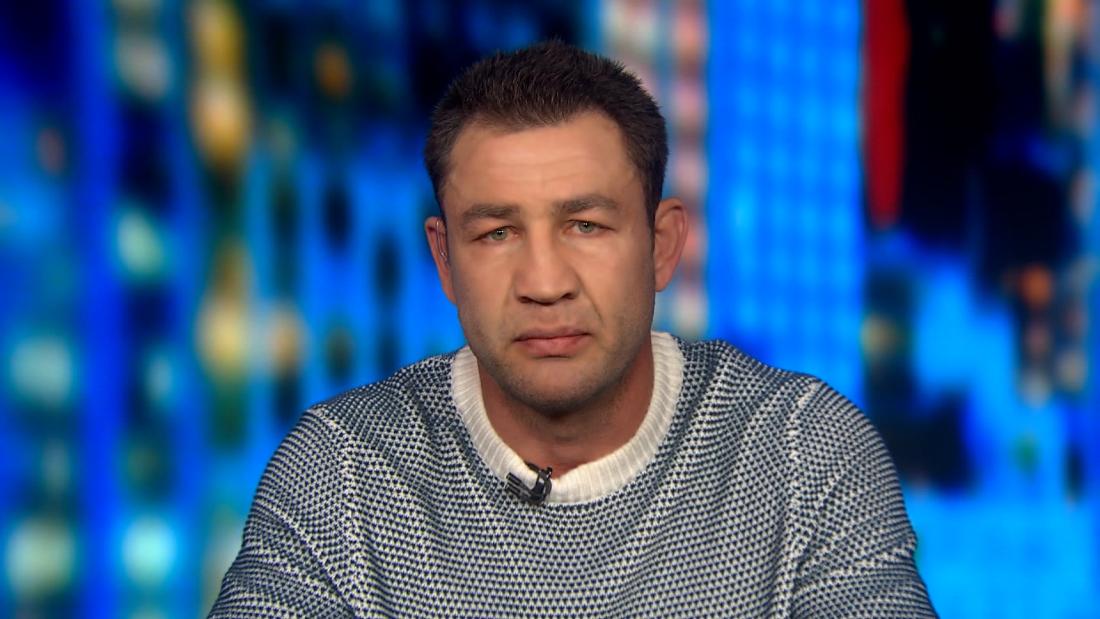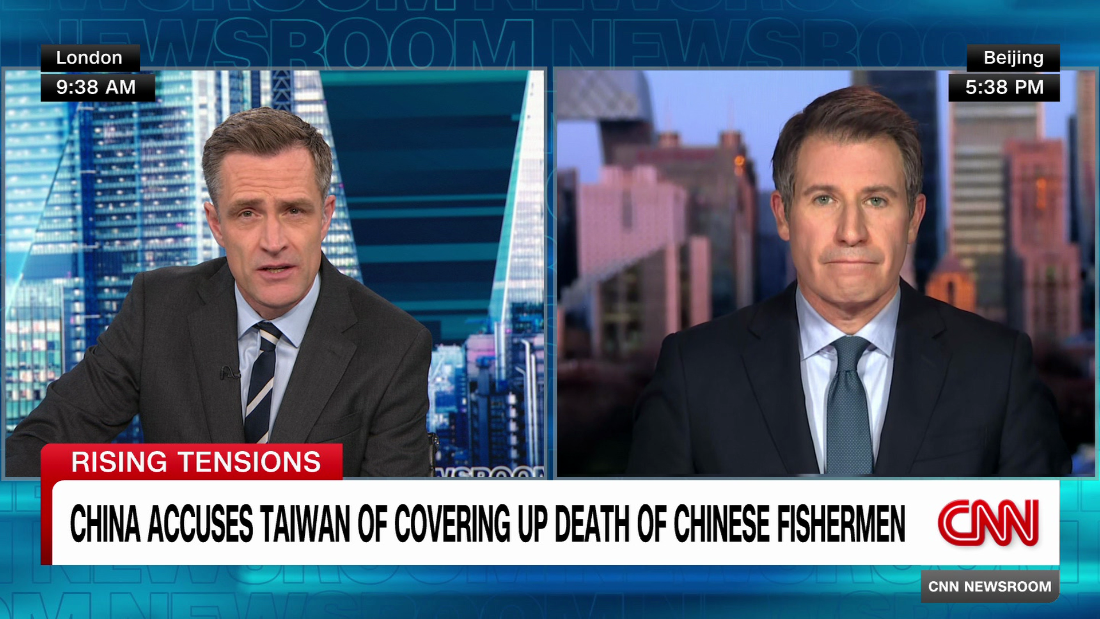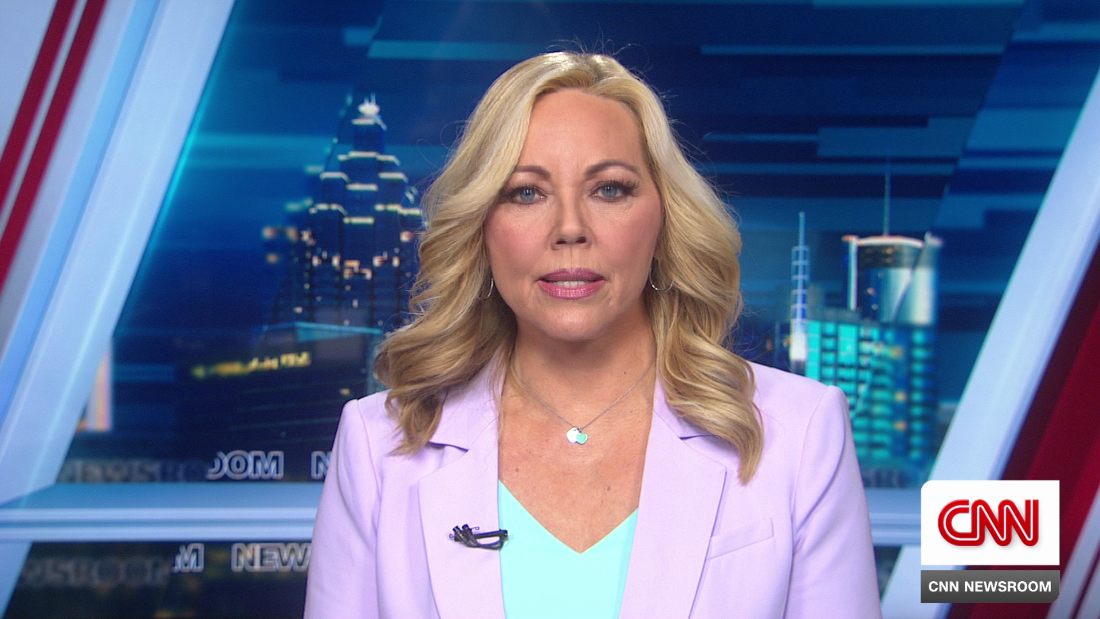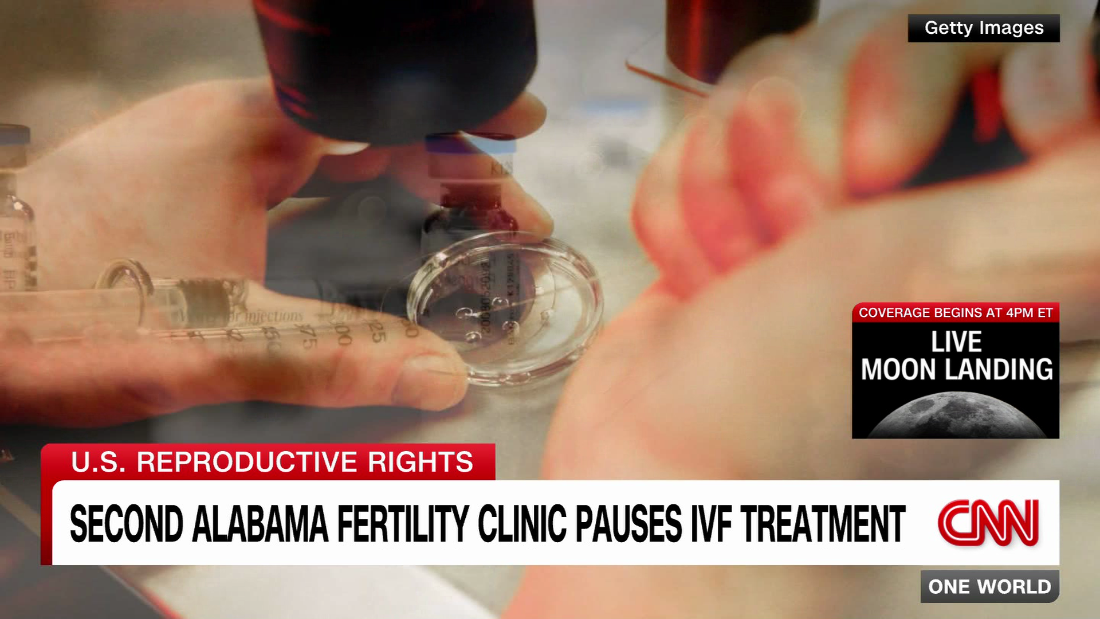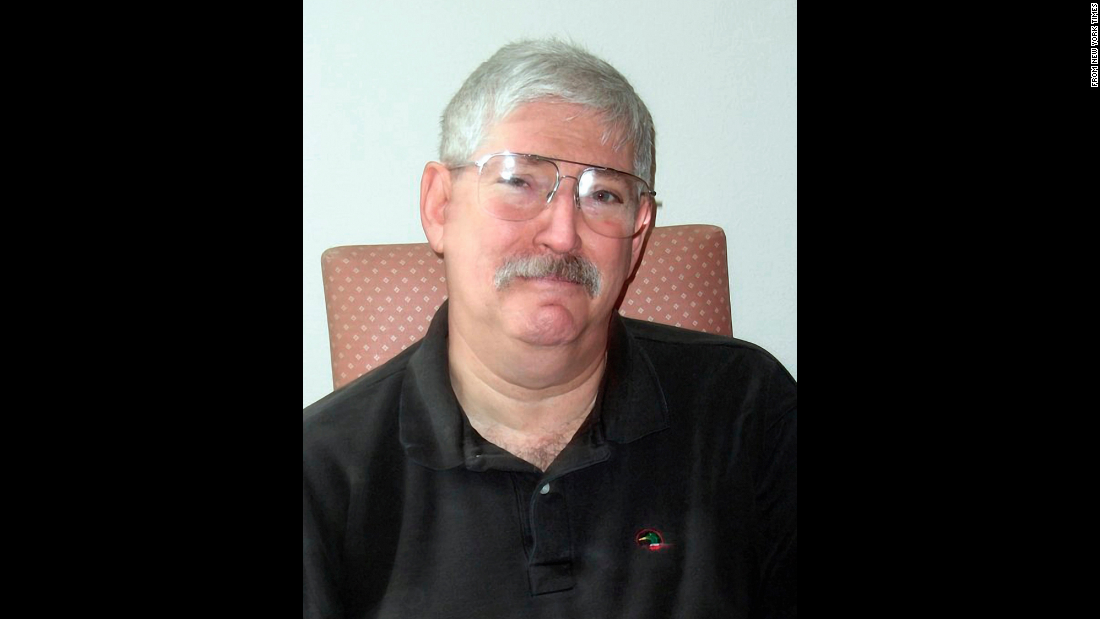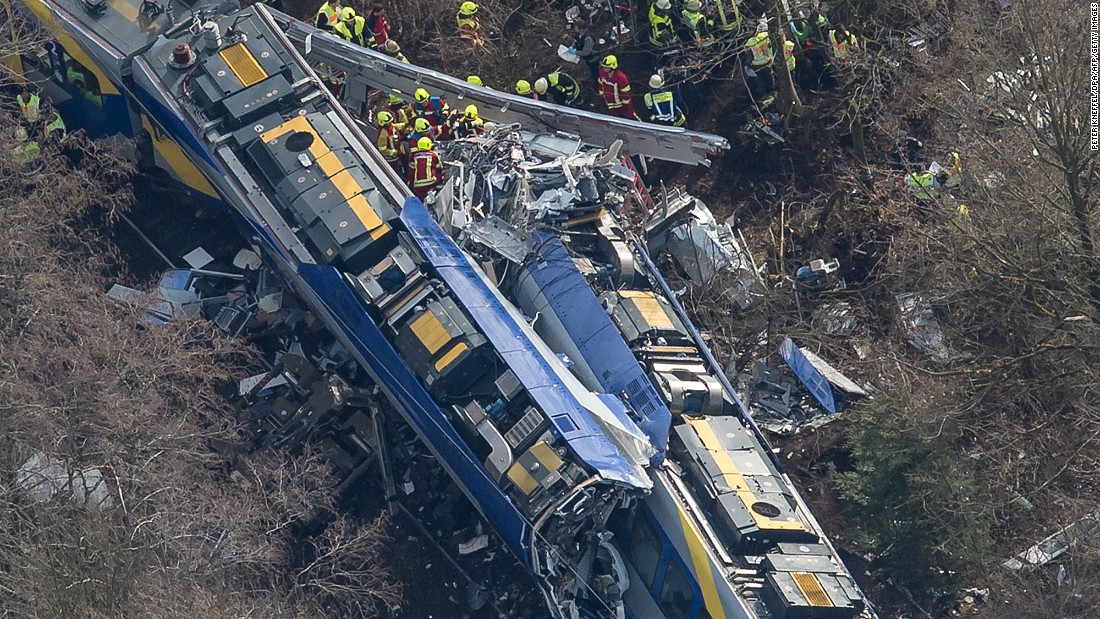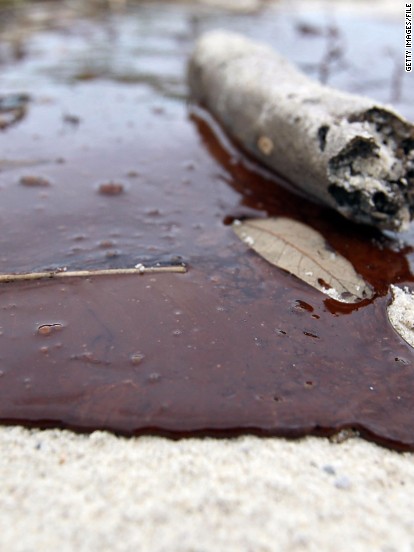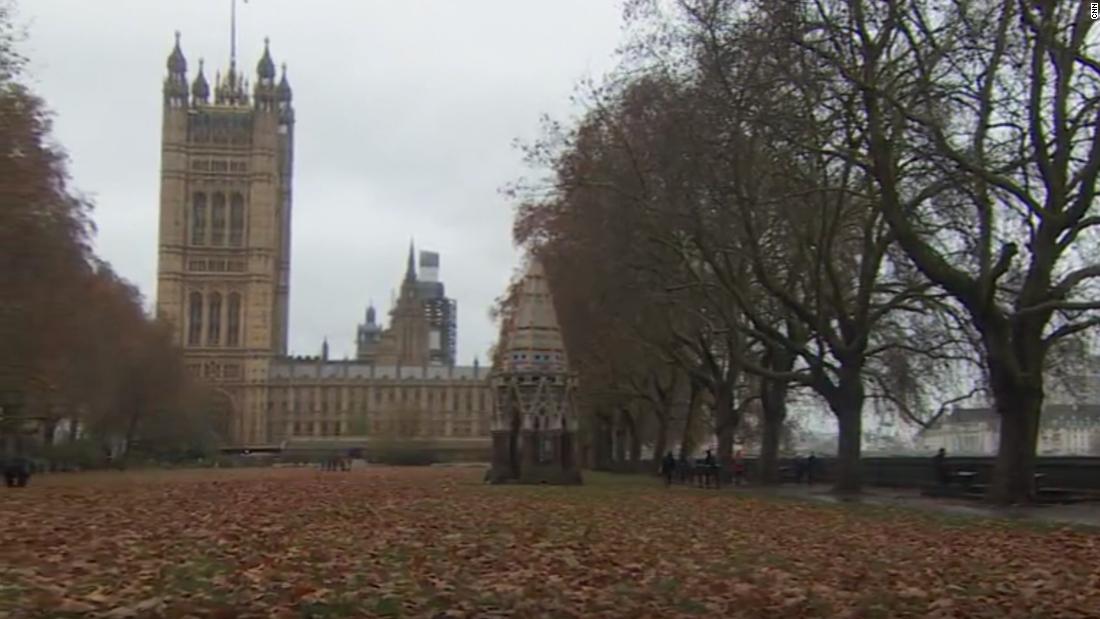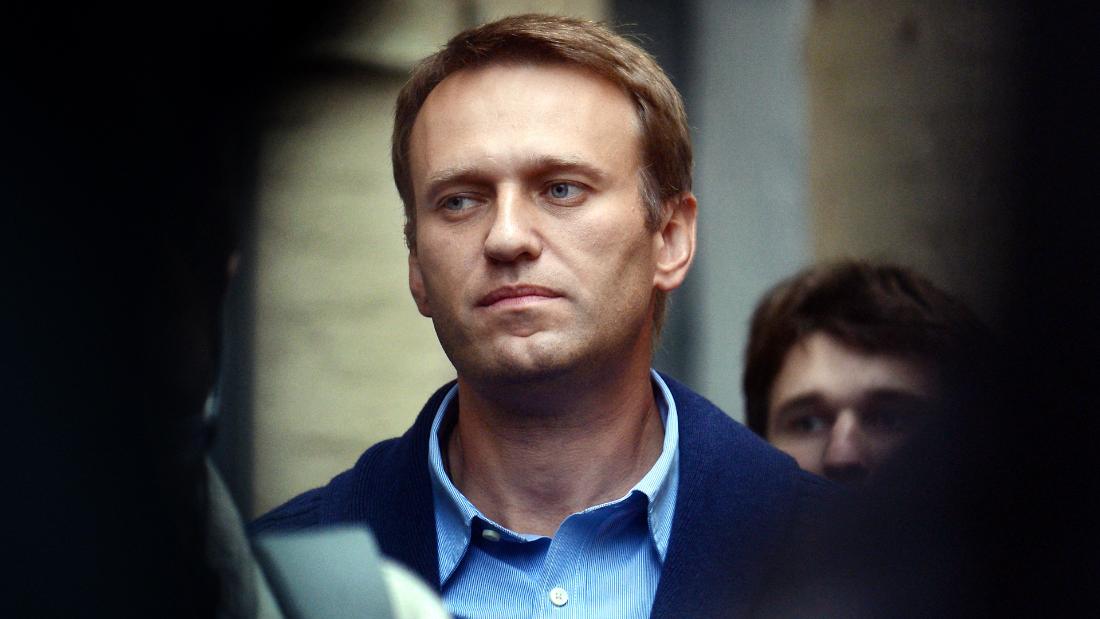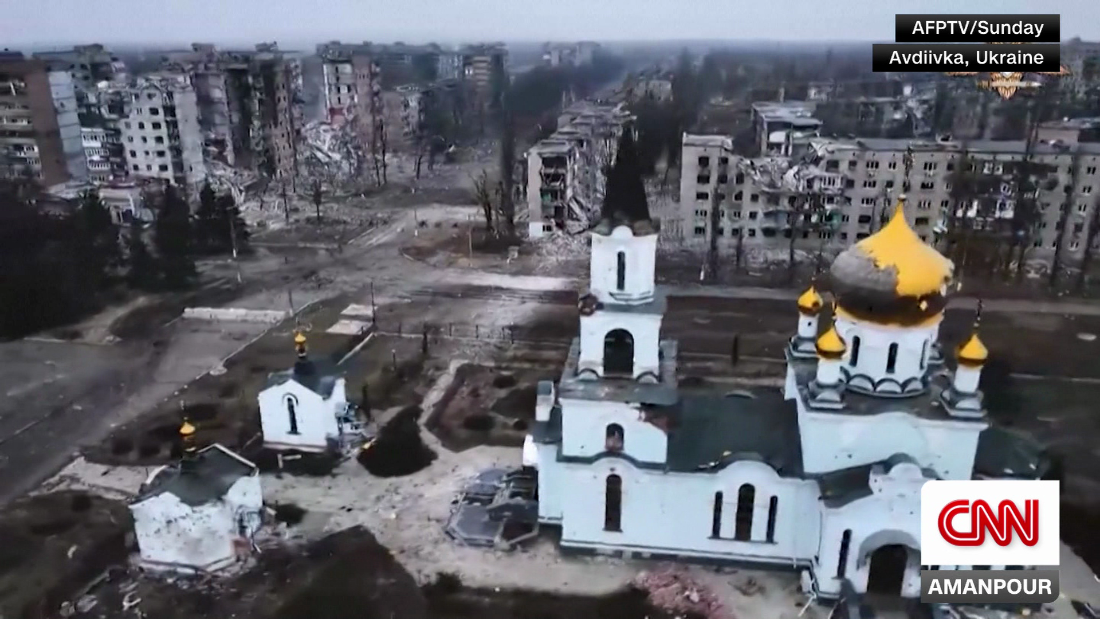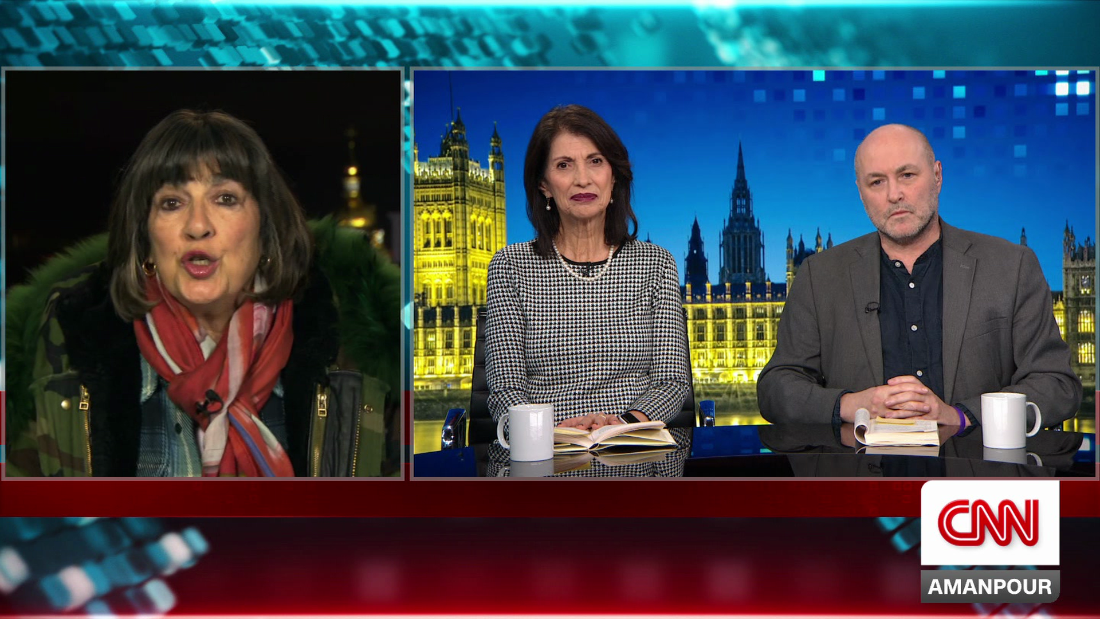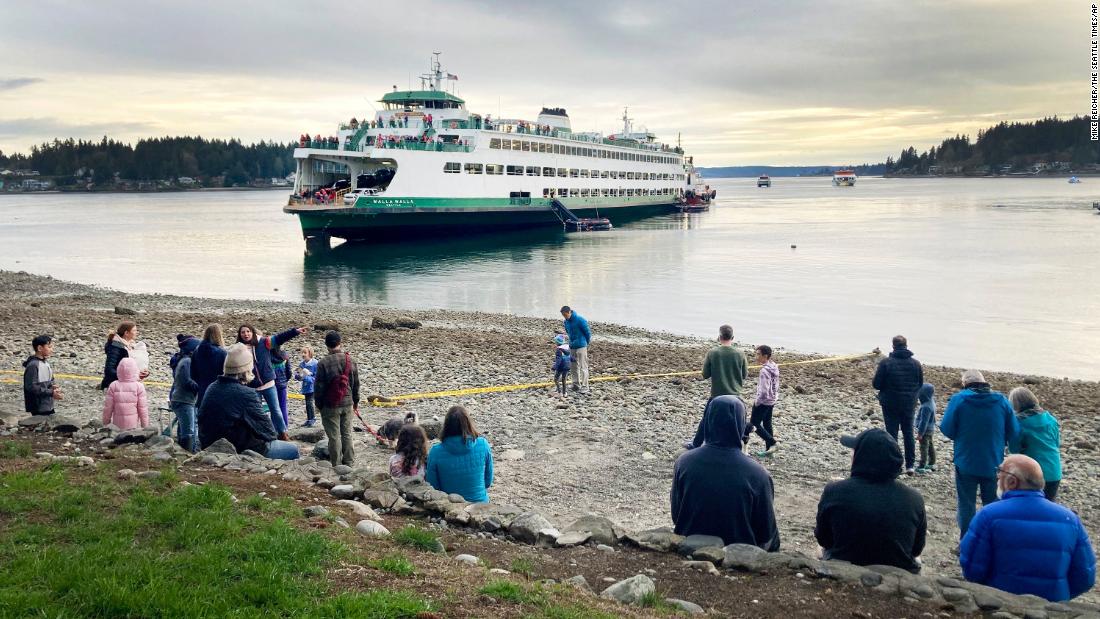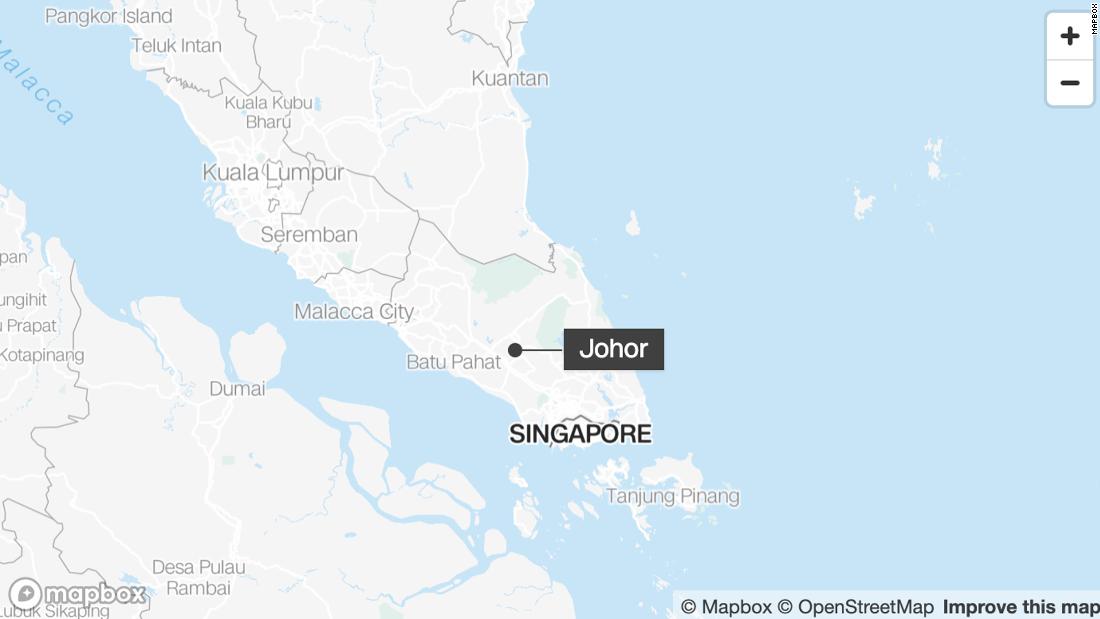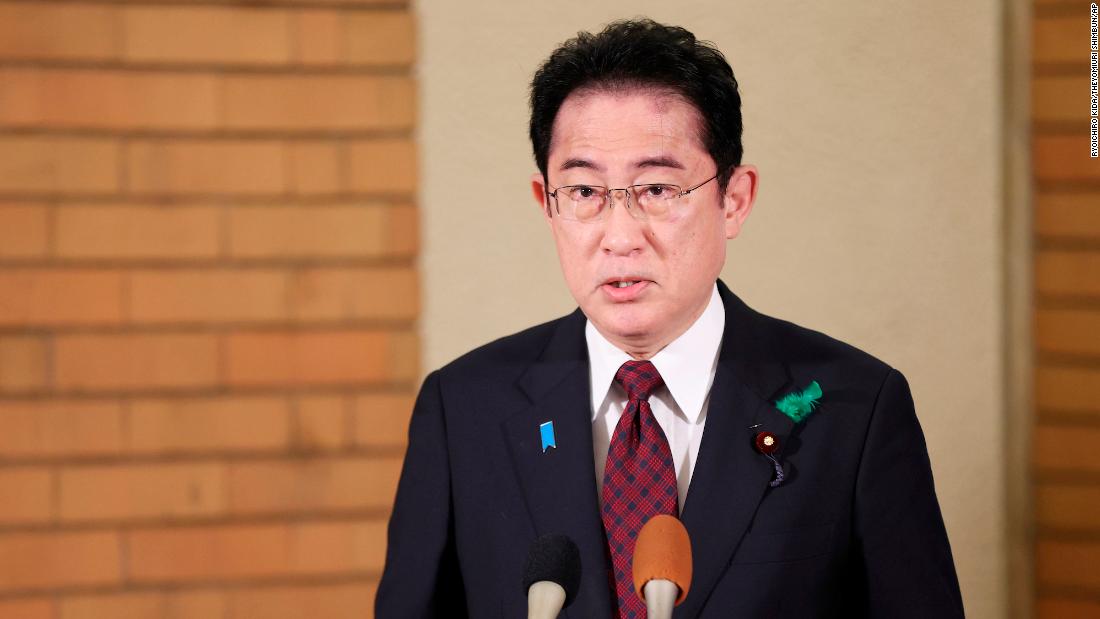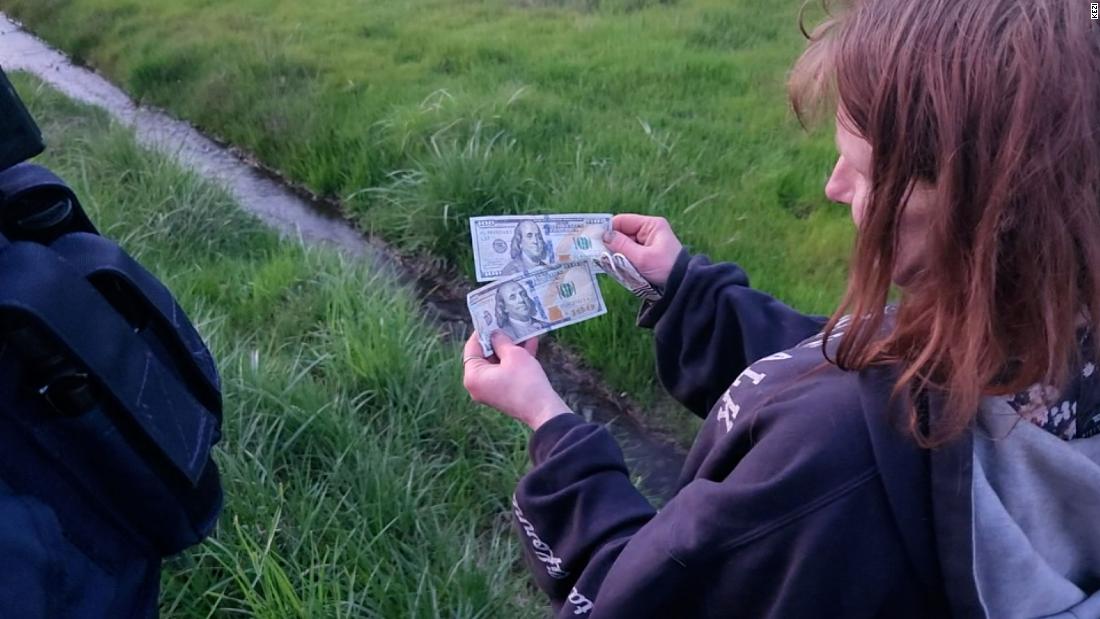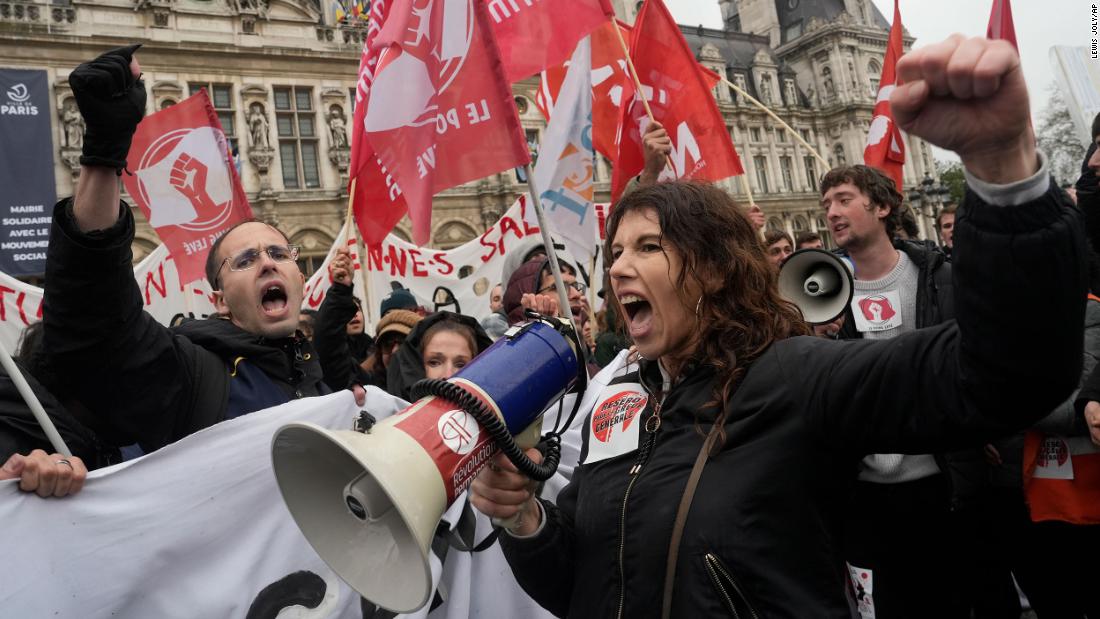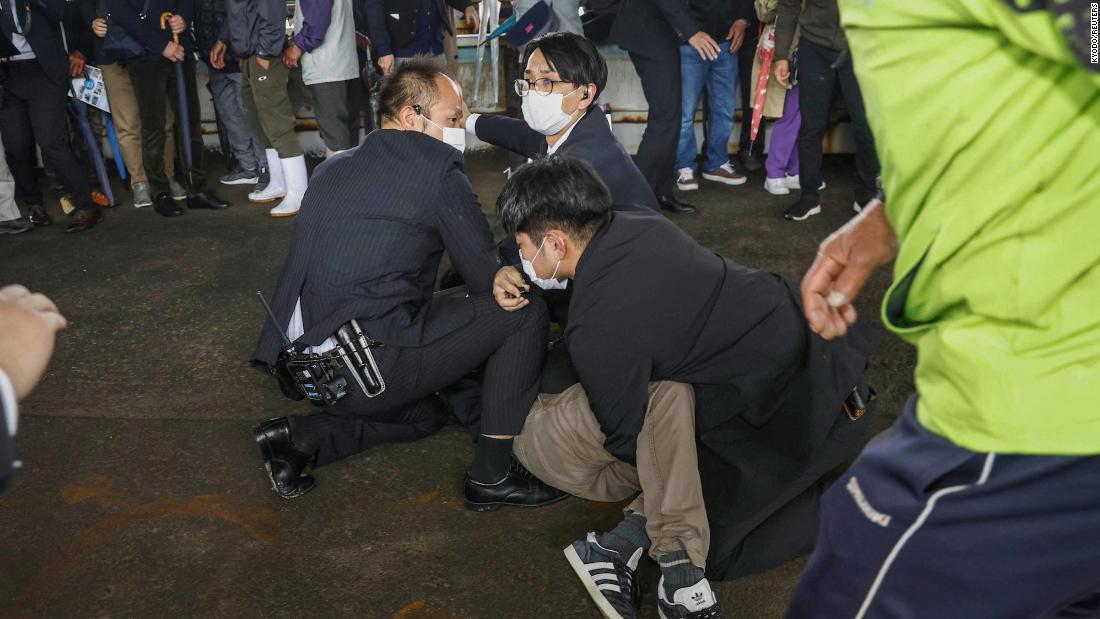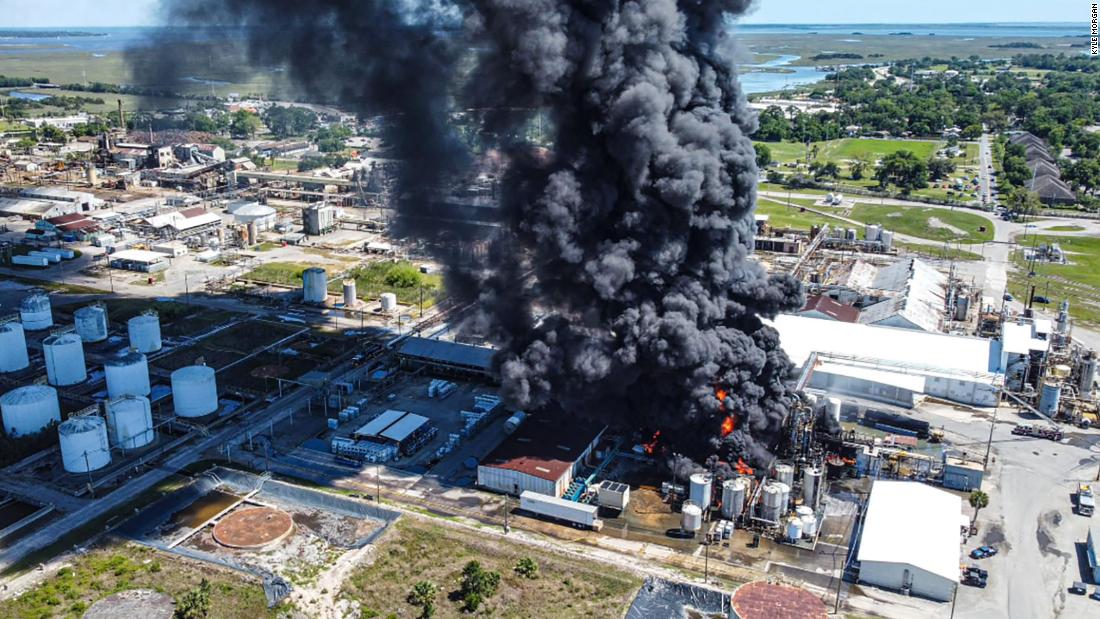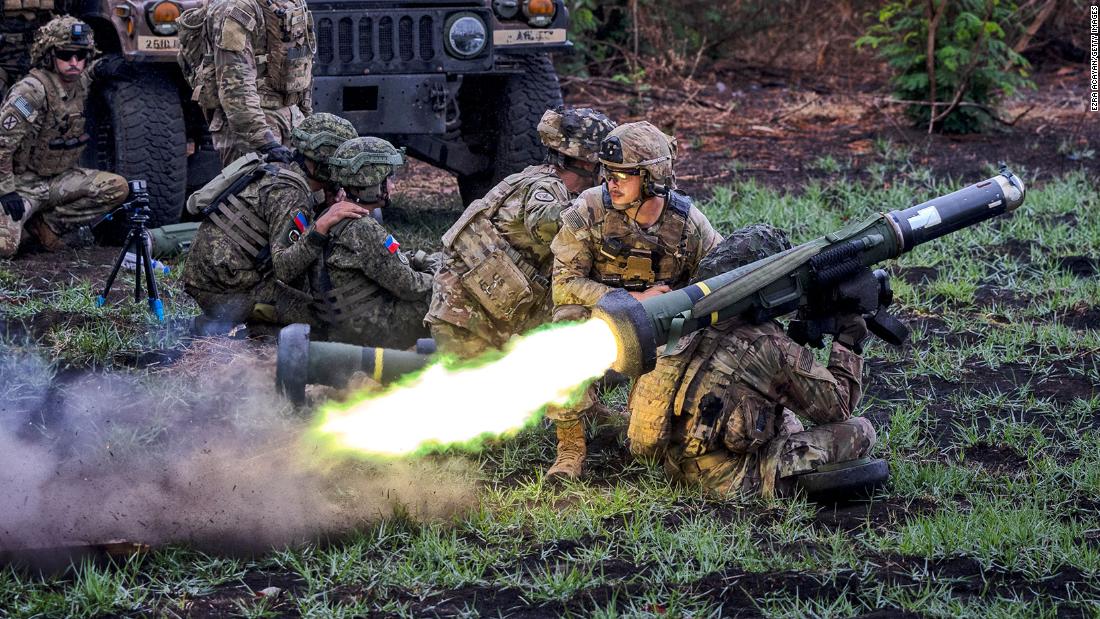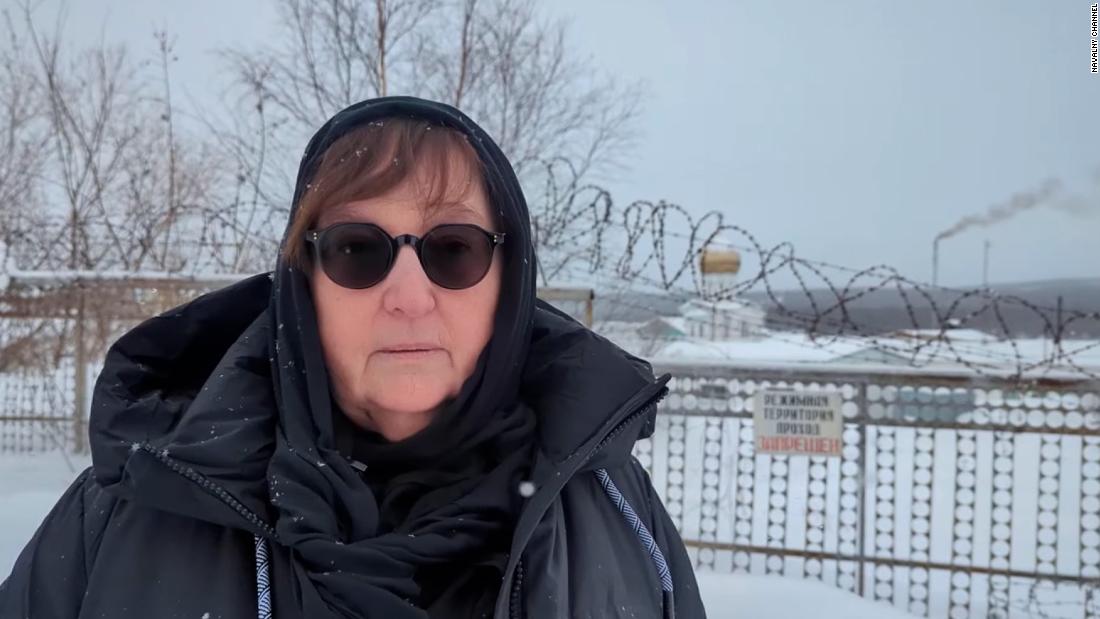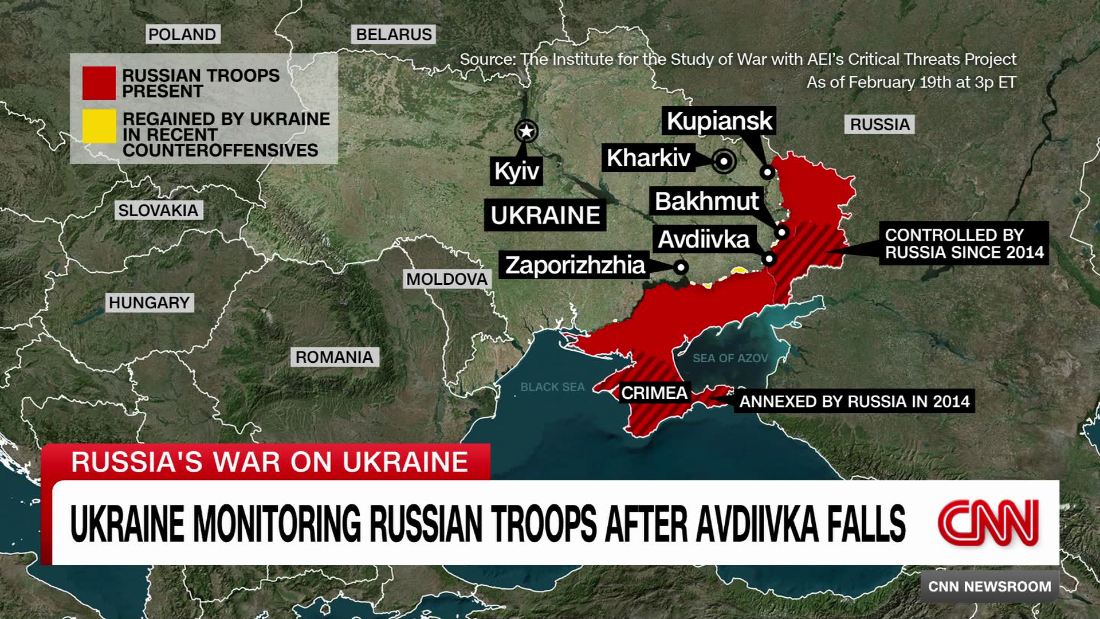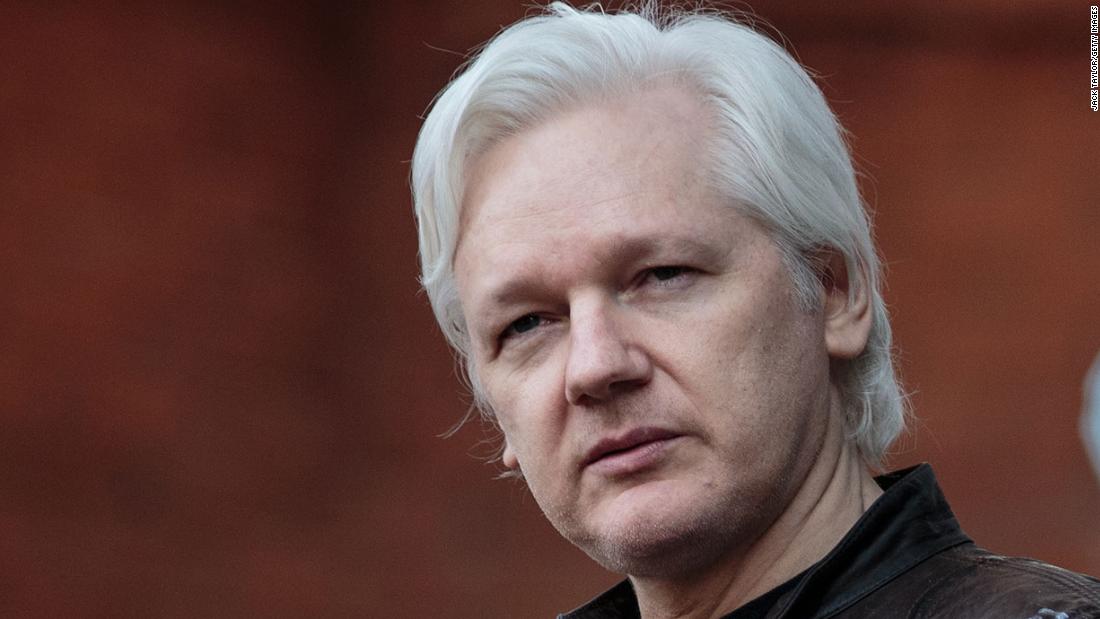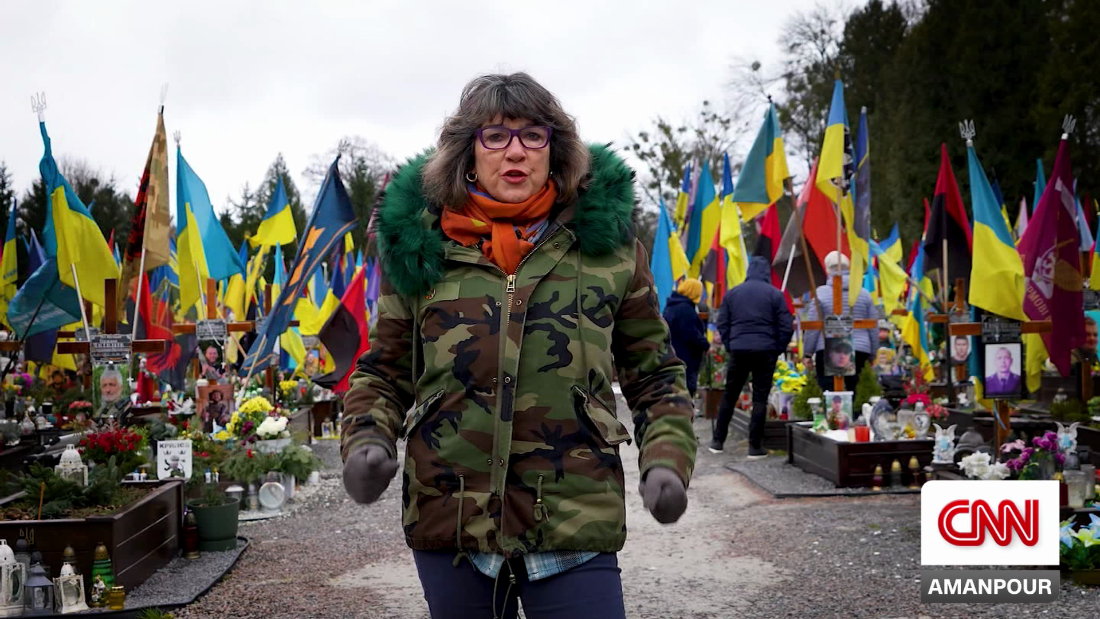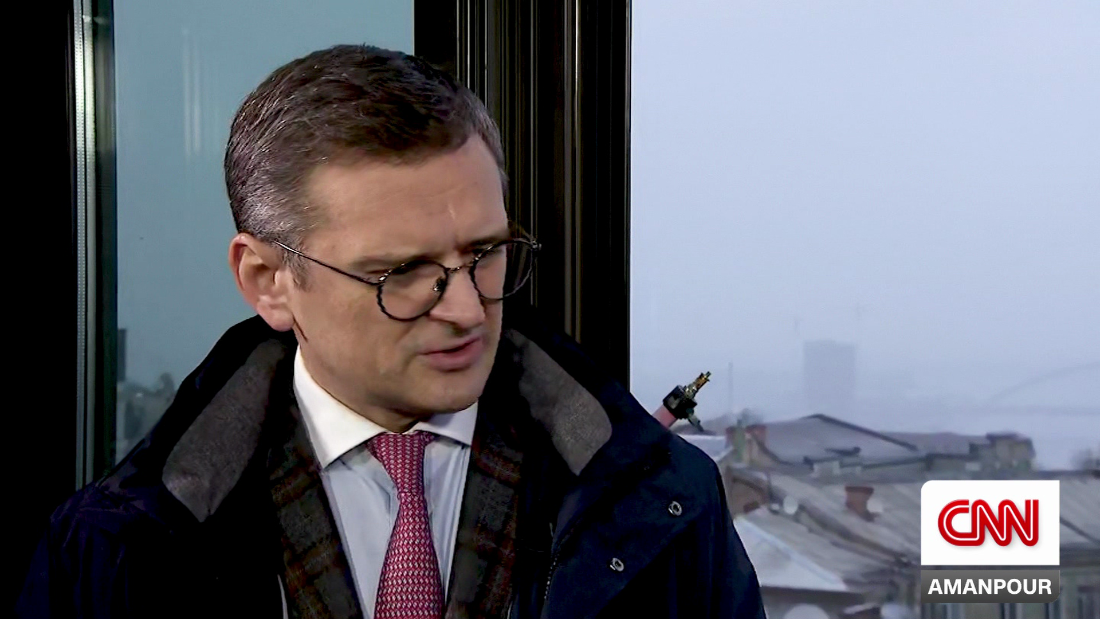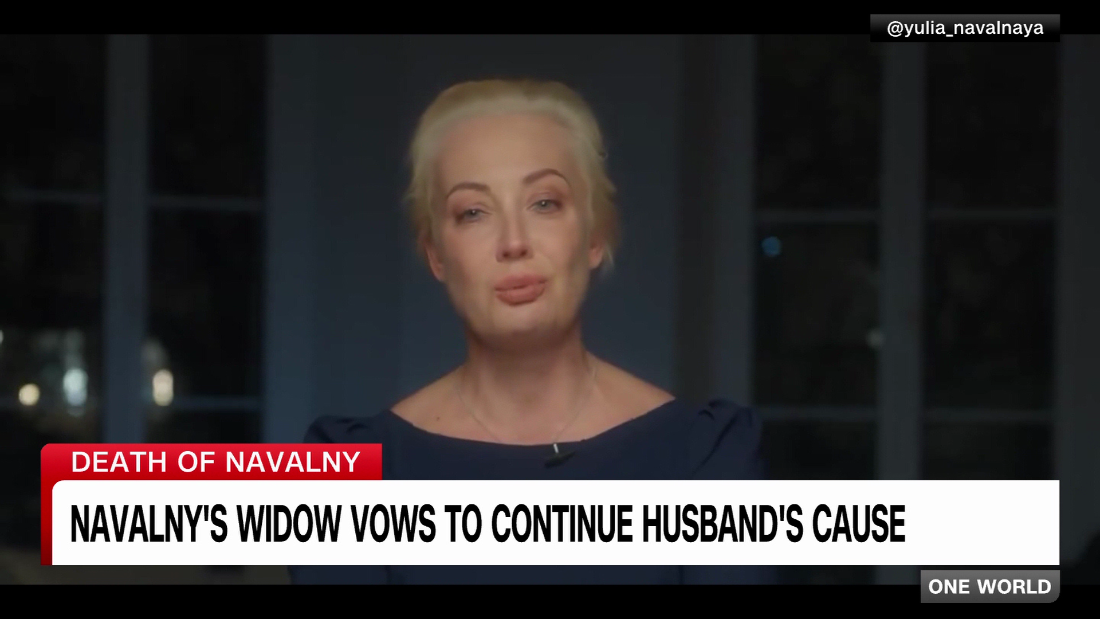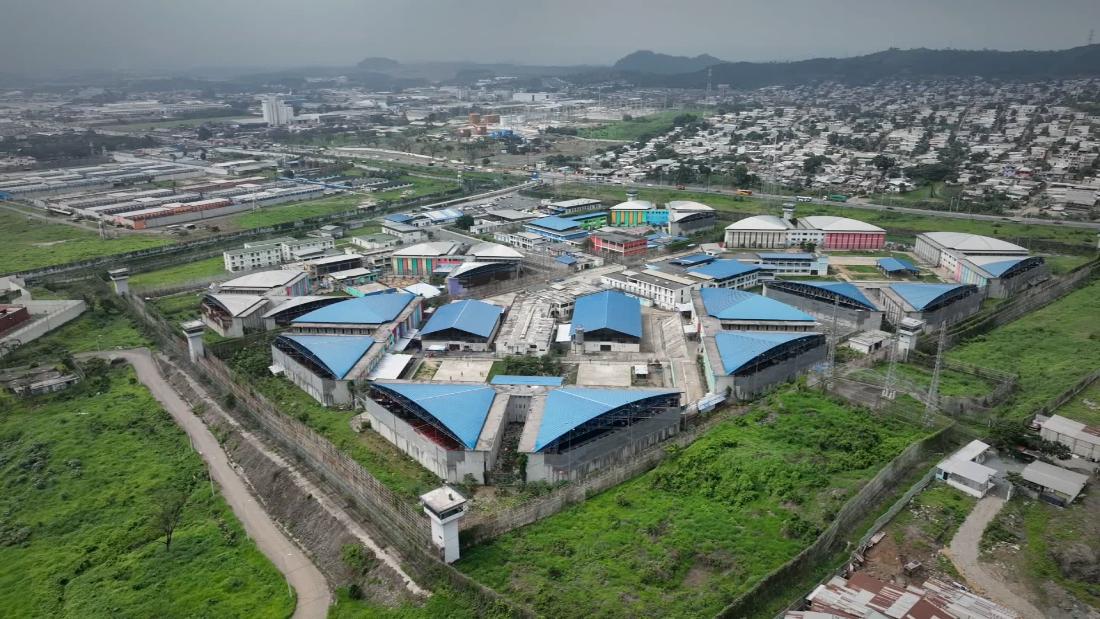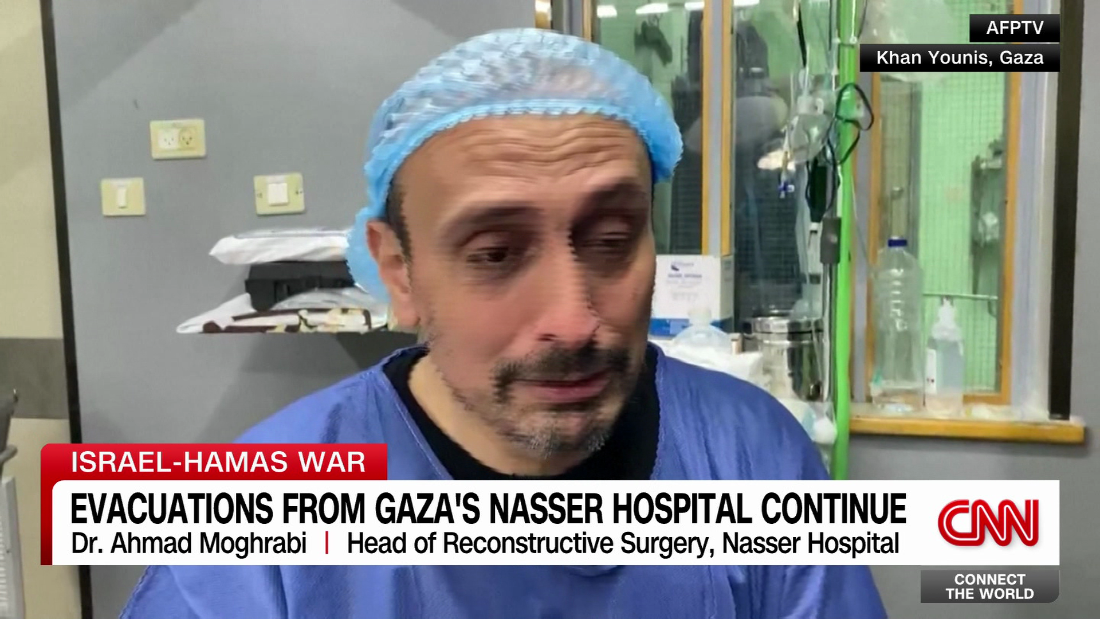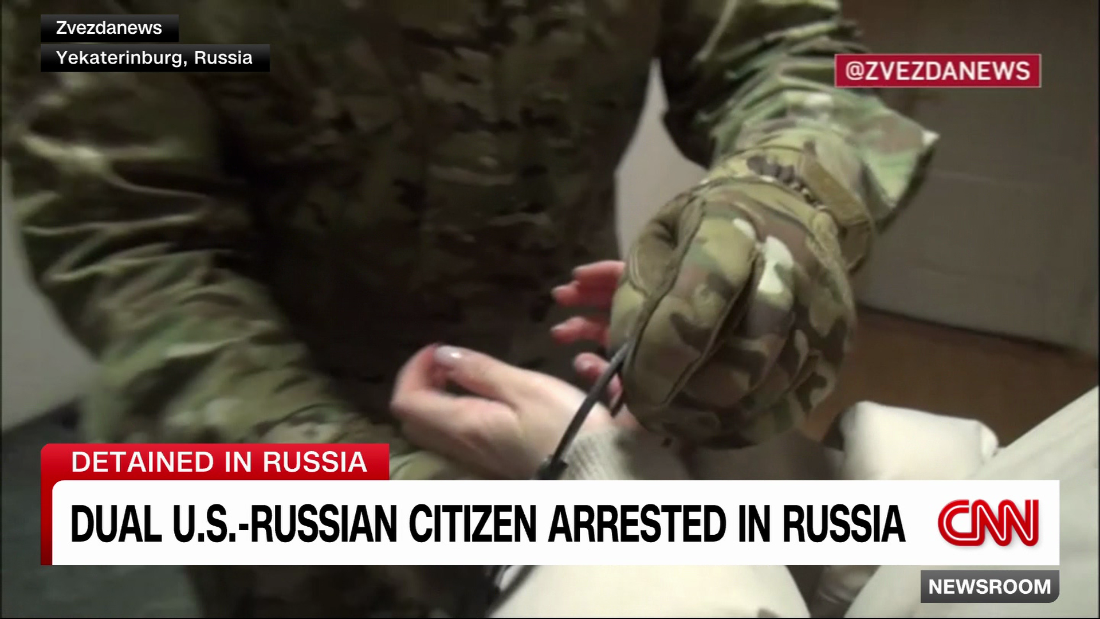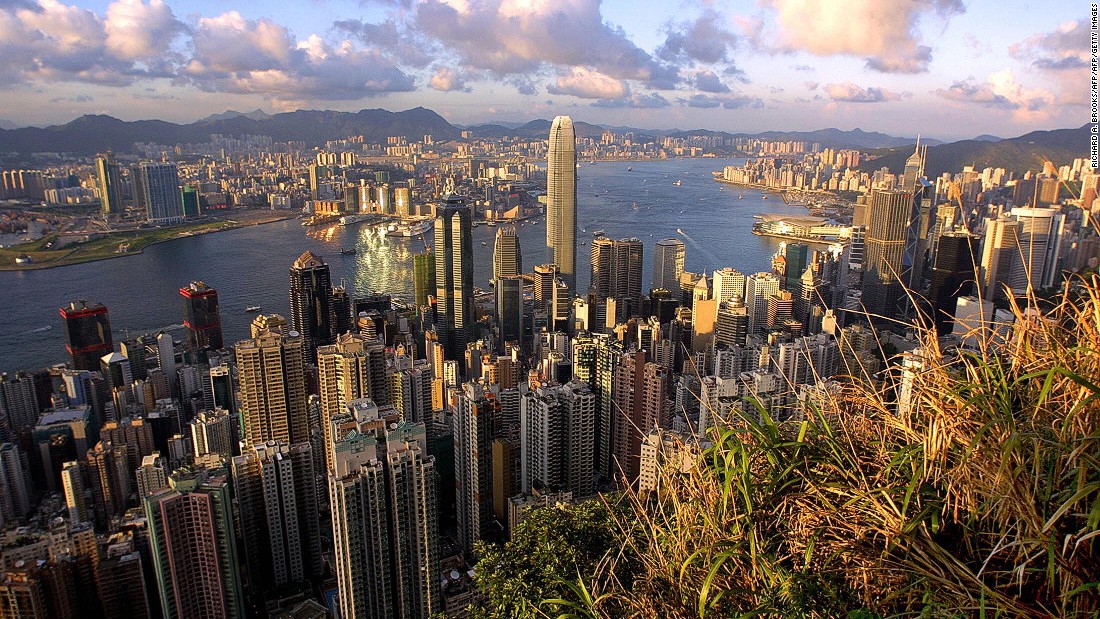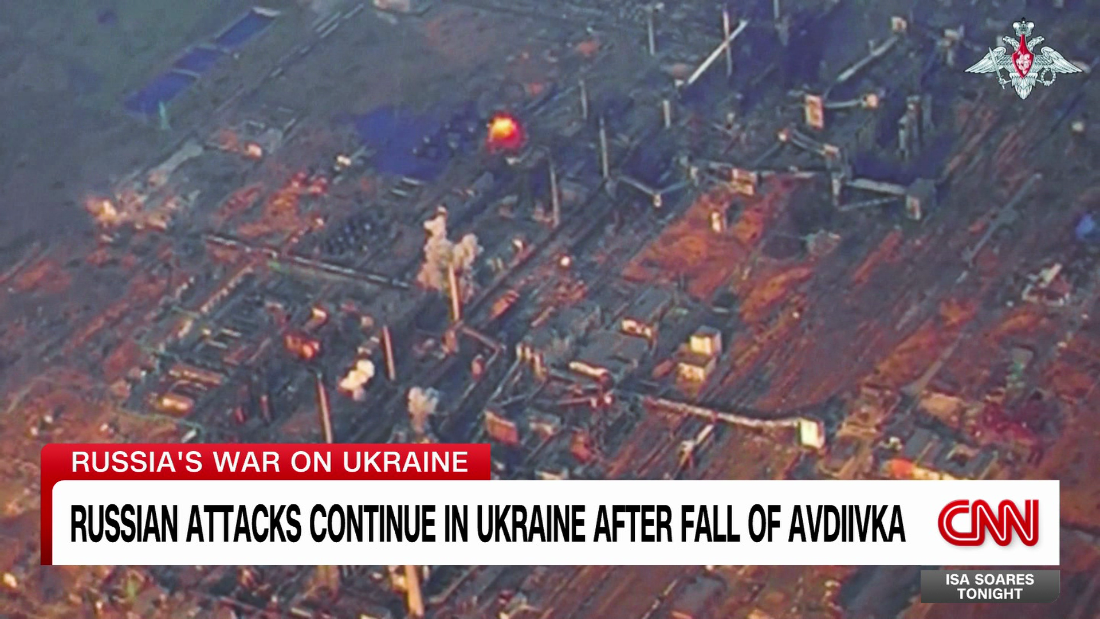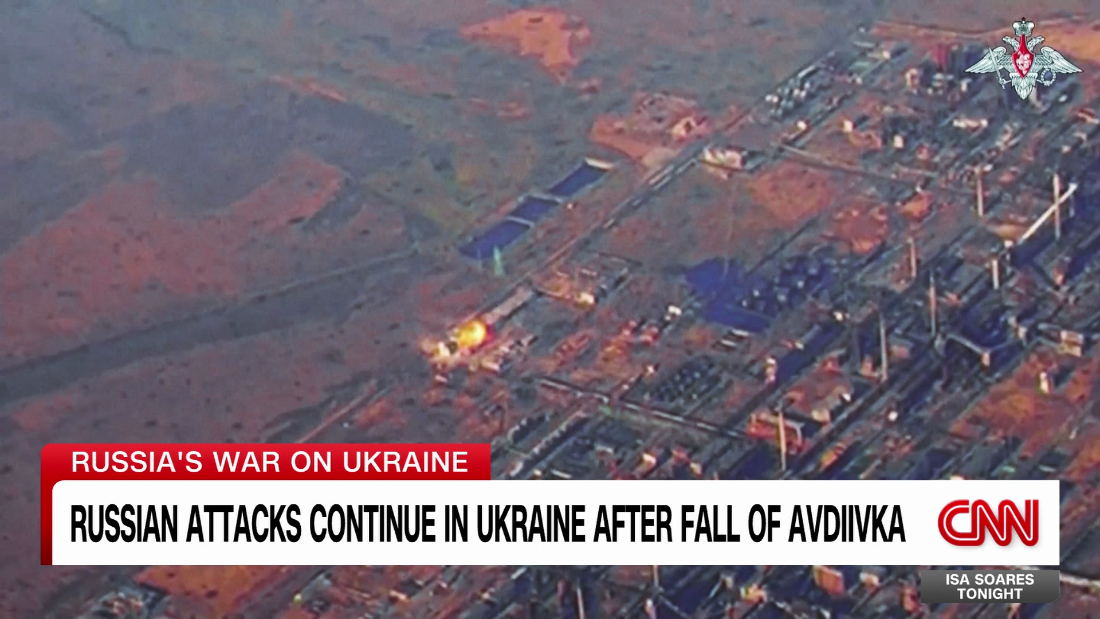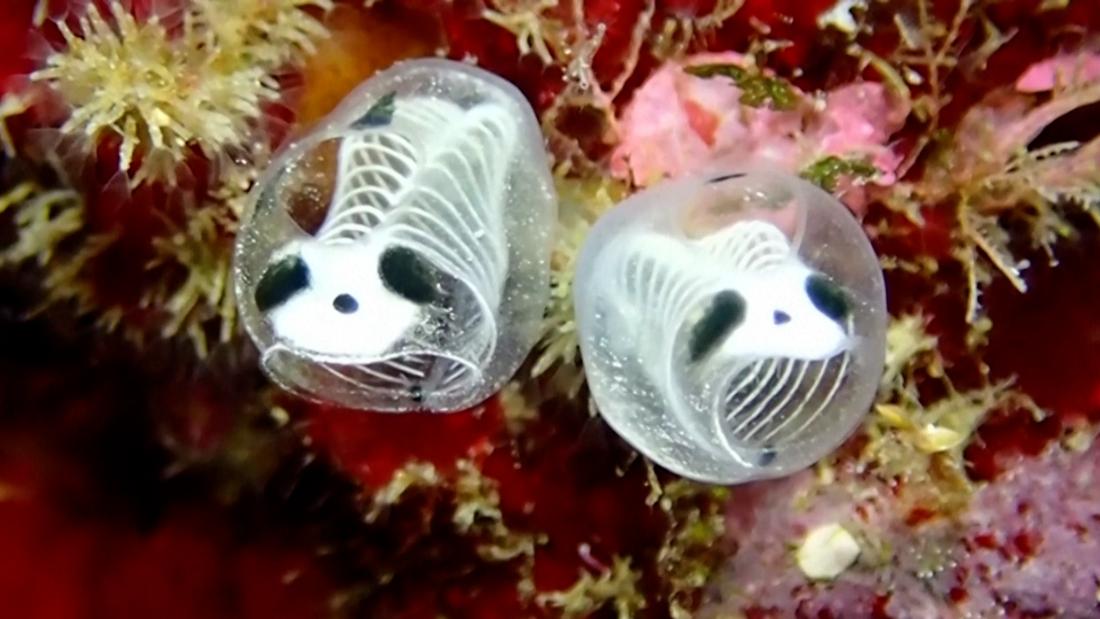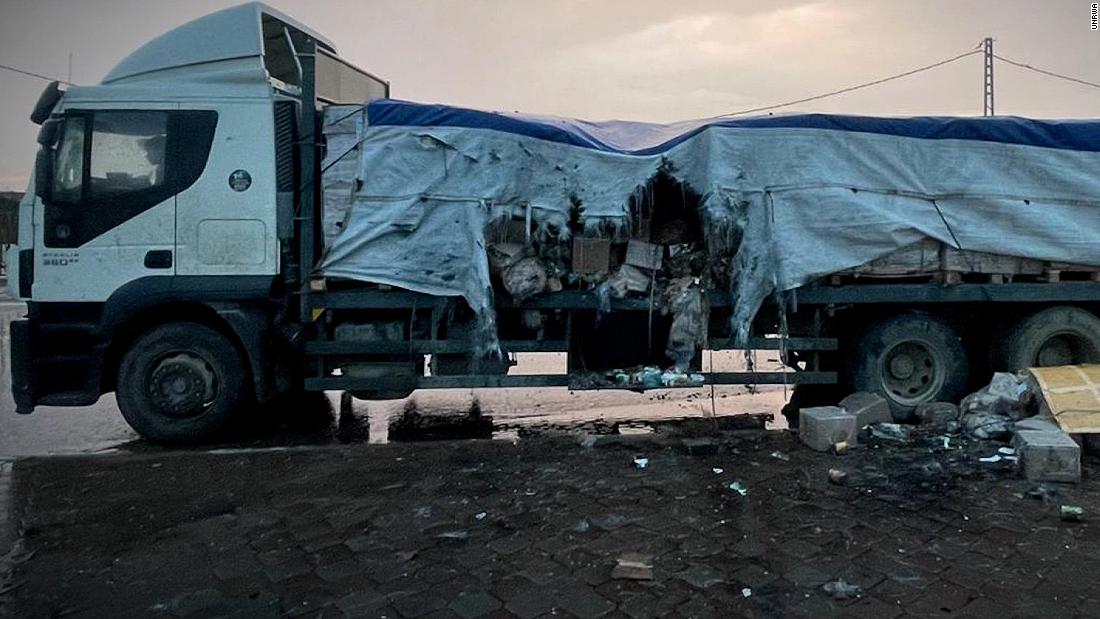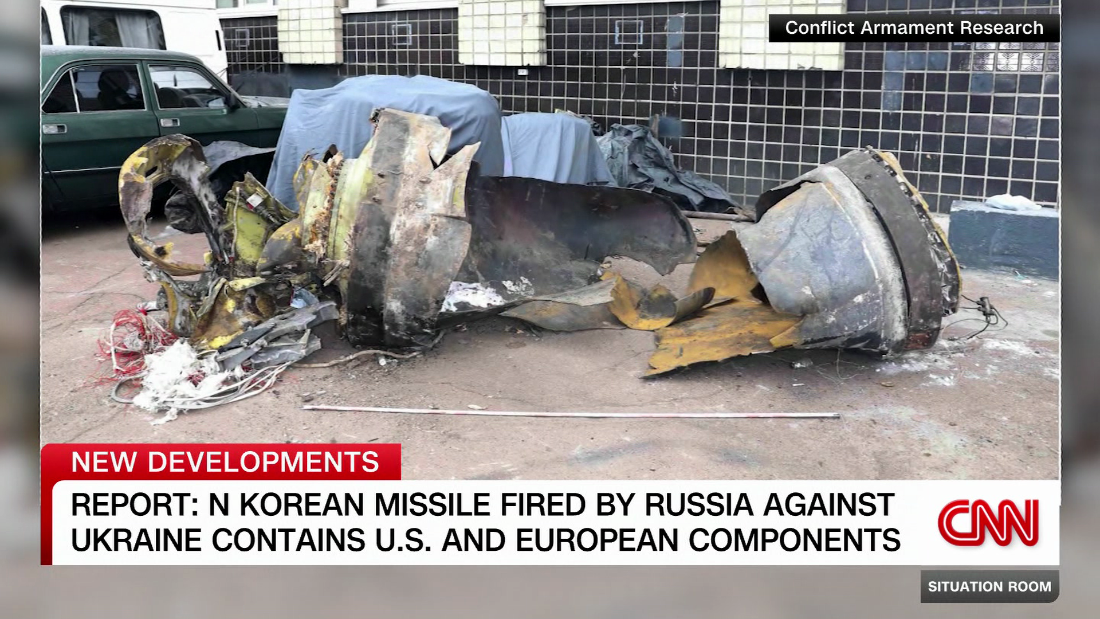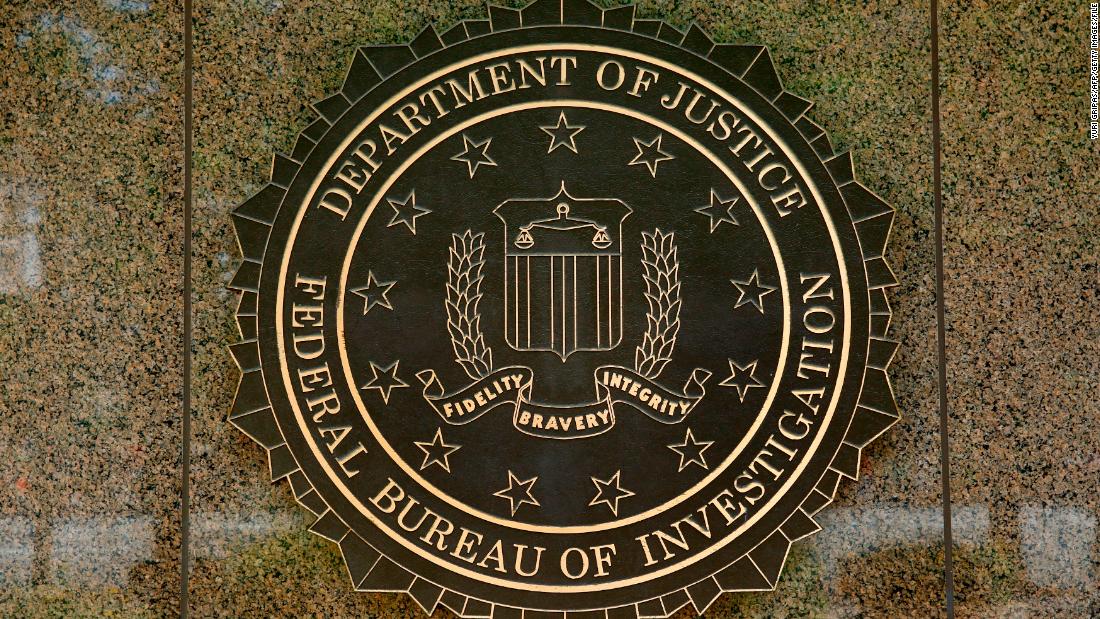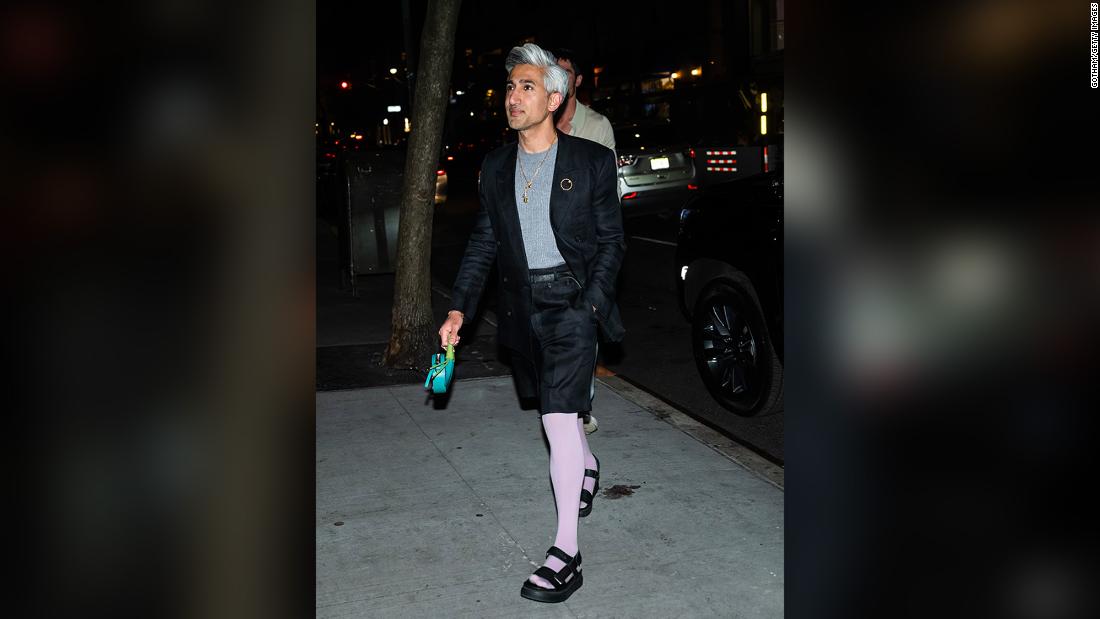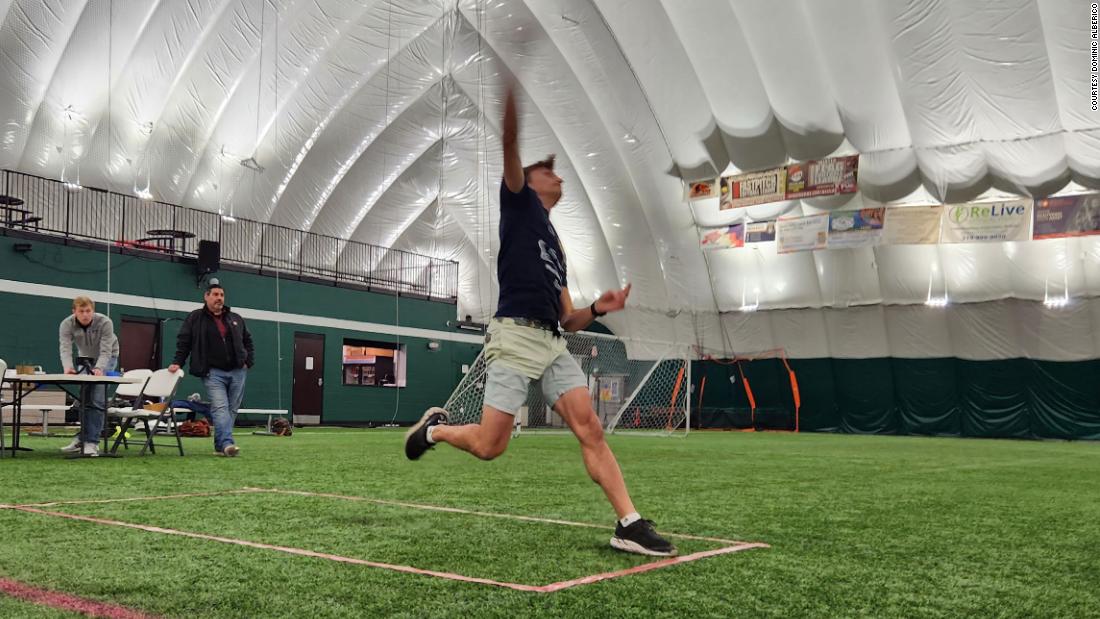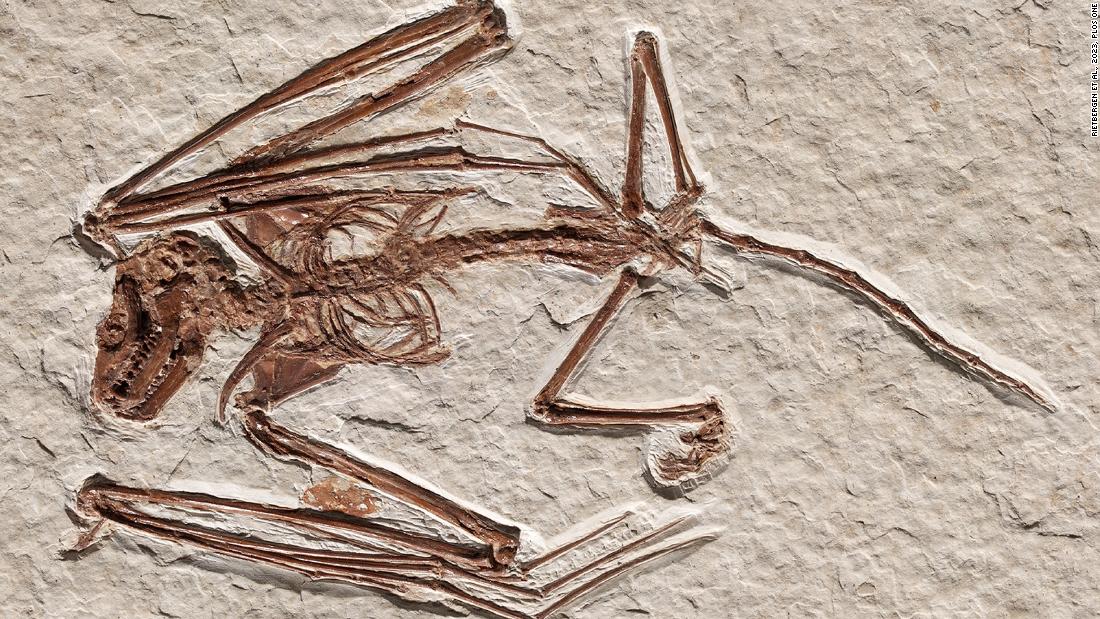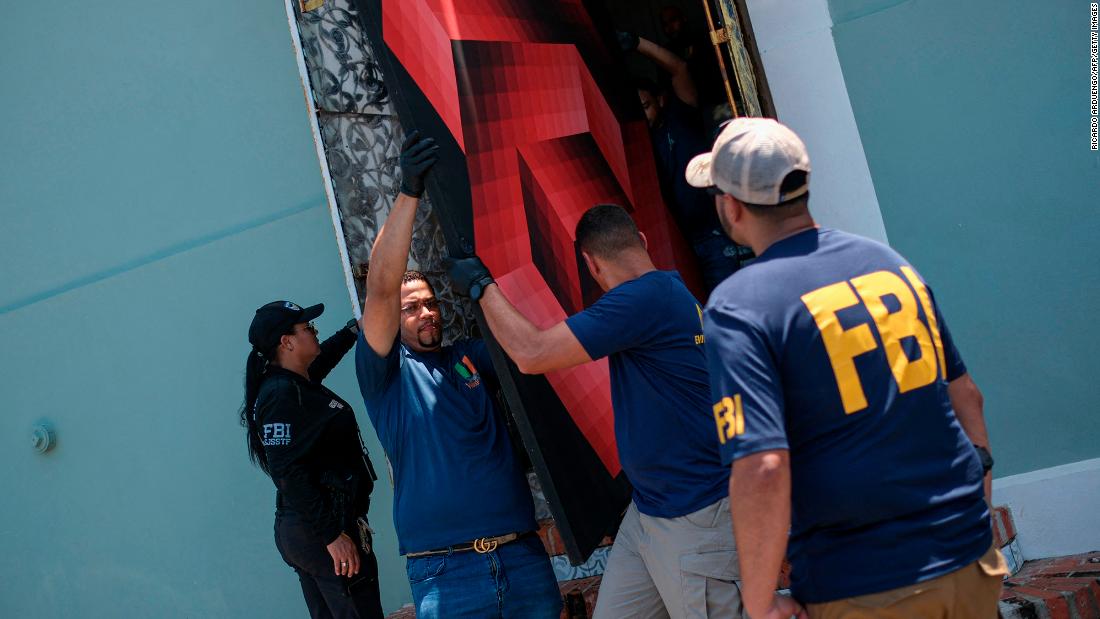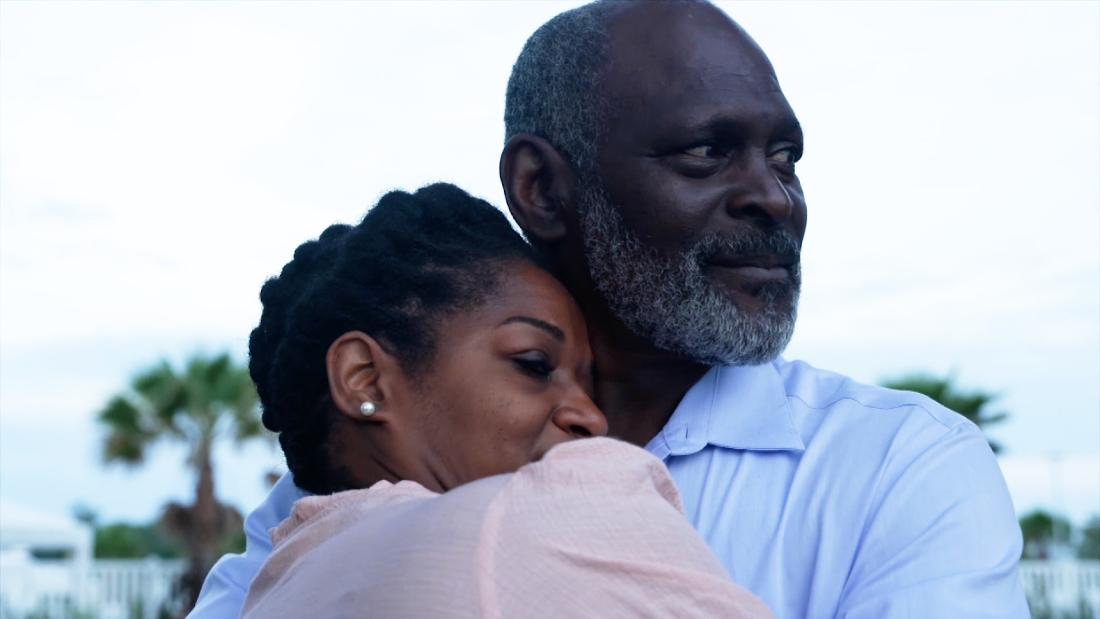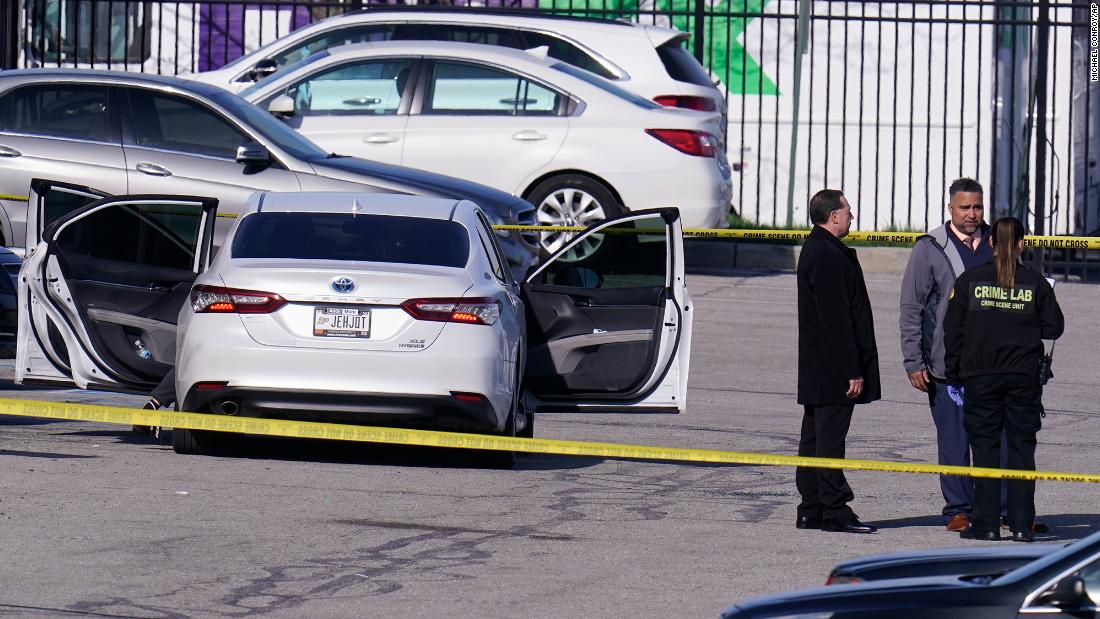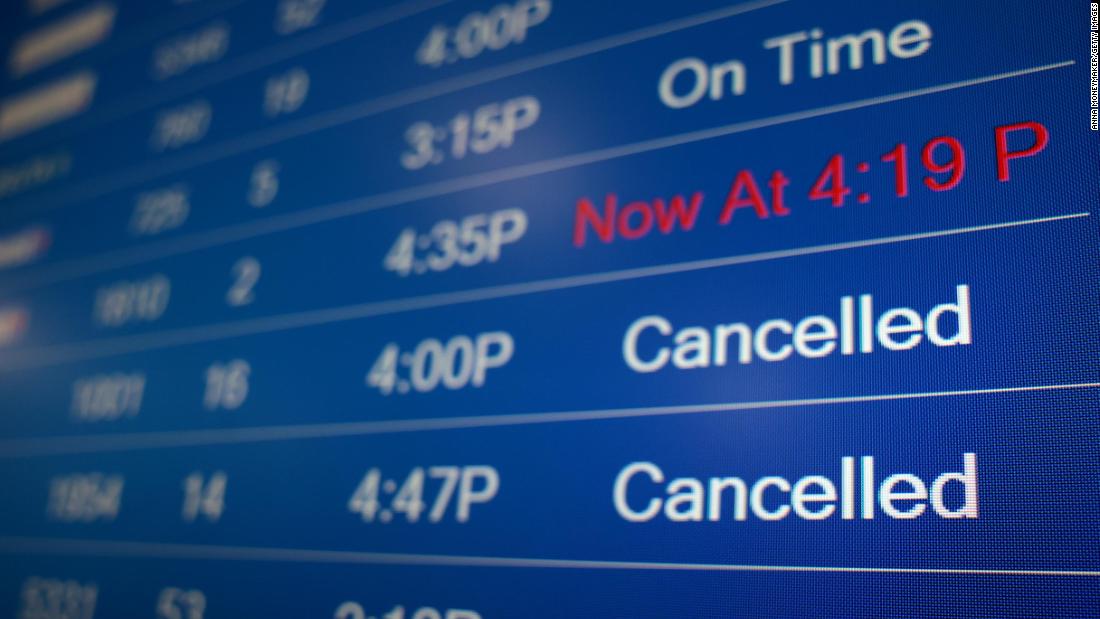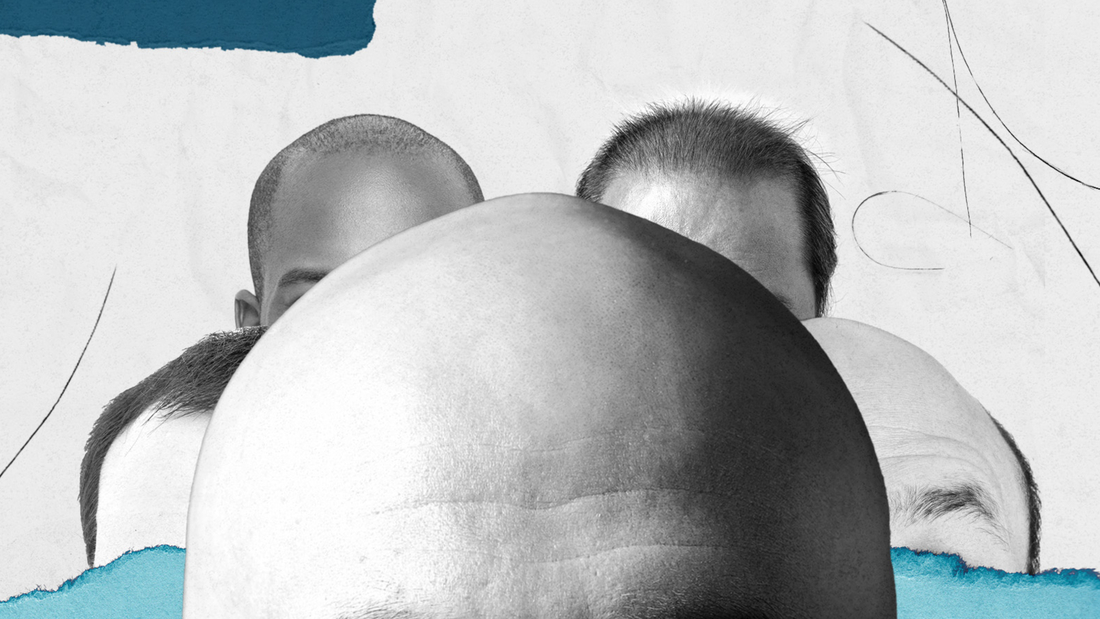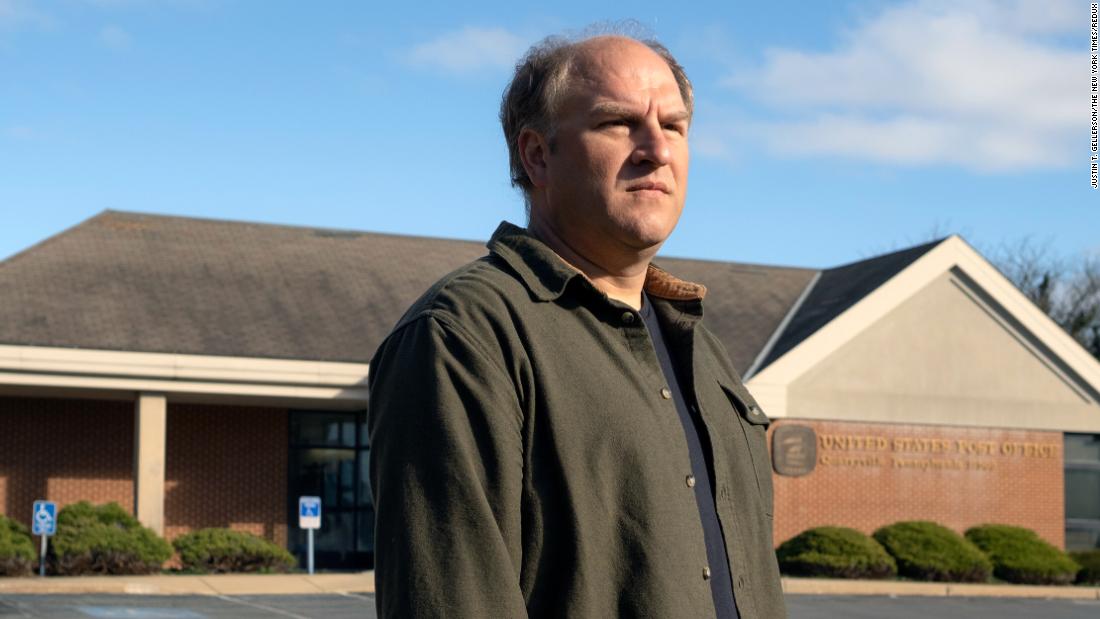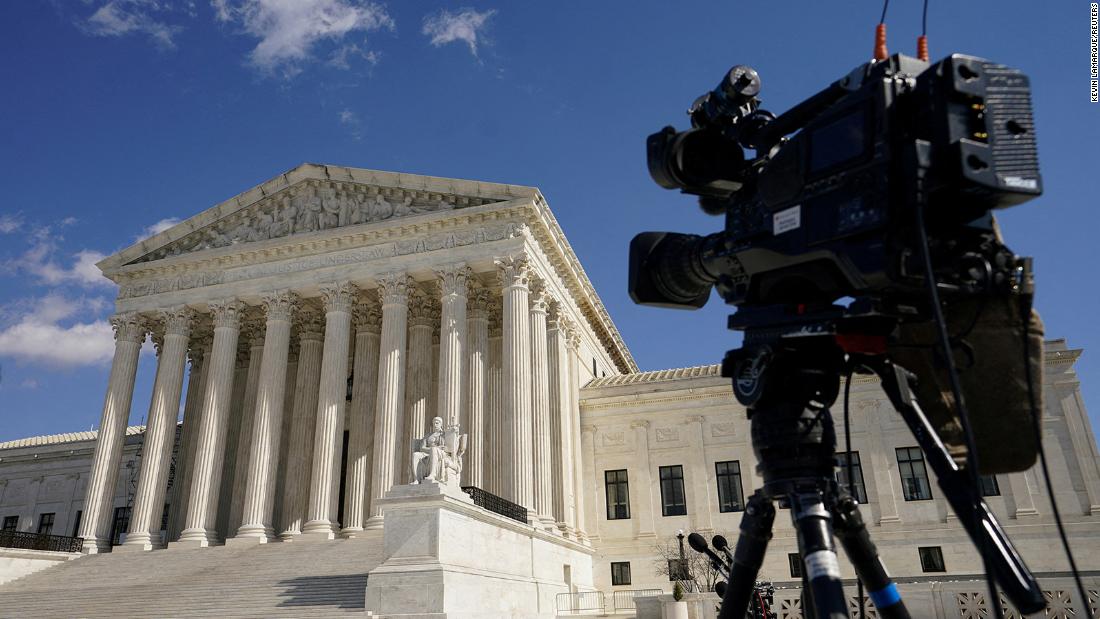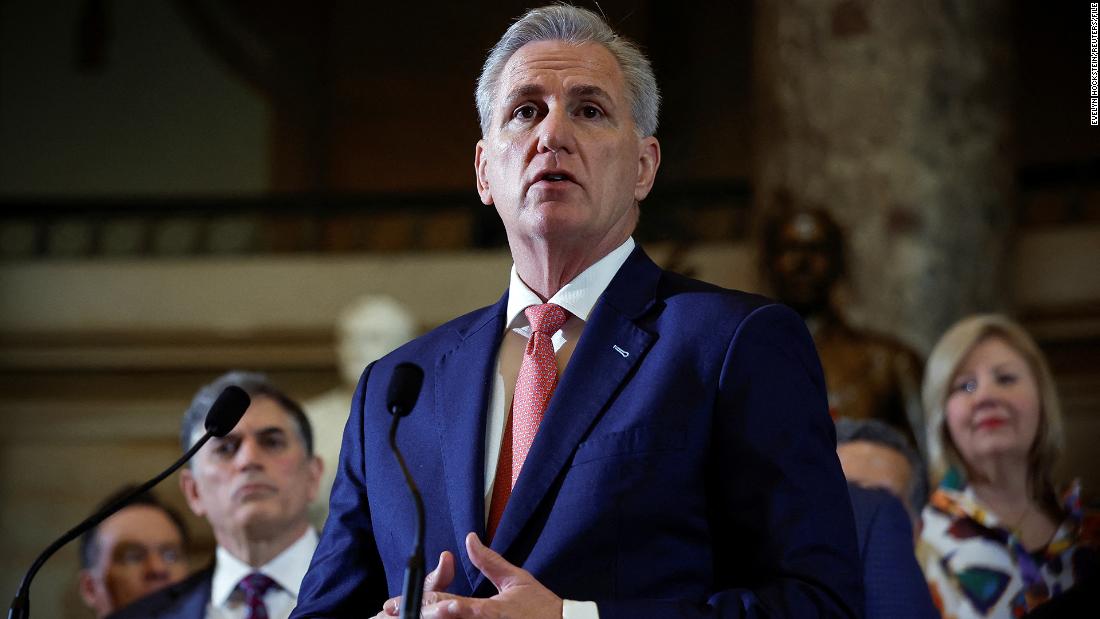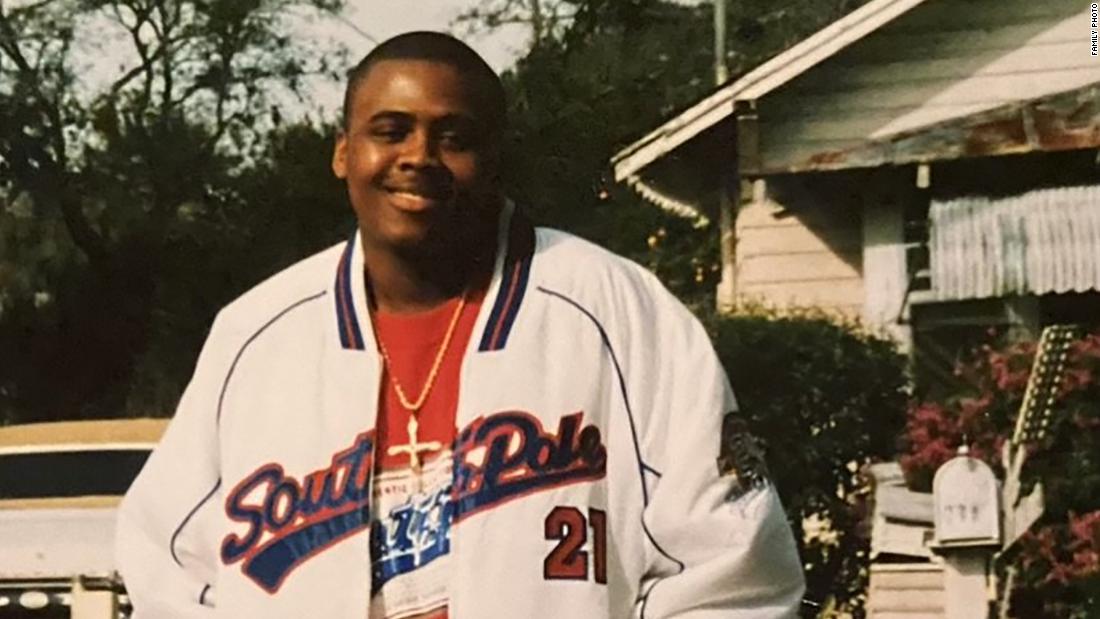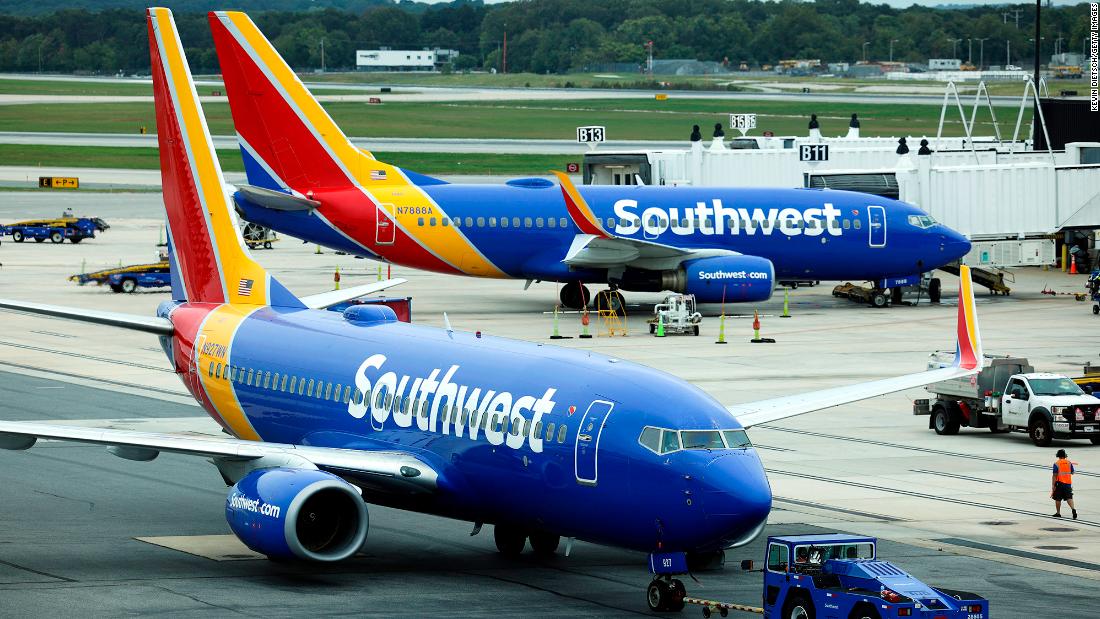TWO Brit tourists who died in the horror Lisbon tram crash have been pictured for the first time.
Portuguese sources named the tragic couple Kayleigh Smith, 36, and Will Nelson, a 44-year-old theatre school lecturer.
InstagramKayleigh Smith and Will Nelson pictured hours before they died in the crash[/caption]
InstagramThe pair were enjoying a holiday in Lisbon[/caption]
APThe names of two Brits who died in the Lisbon tram crash have been pictured[/caption]
APImages of streetcars with tributes placed next to flowers at the scene of the crash[/caption]
APWorkers inspect one of the two damaged Gloria funicular carriages[/caption]
They died alongside five crash victims from Portugal, two from South Korea and Canada plus single passengers from Switzerland, Ukraine, France and the US in the horror smash Wednesday.
Investigators were still probing the cause of the accident in which the historic 150-year-old Gloria tram broke free and careered downhill before thundering into a hotel.
Will, a lecturer at Manchester’s Arden School of Theatre and had only arrived in Lisbon the day before the accident.
He queued alongside Kayleigh from Macclesfield, Cheshire to board the yellow tourist tram as the pair enjoyed a day of sightseeing.
Hours before the tragedy, Kayleigh posted a picture on Instagram of an historic building’s courtyard captioned: “Churches and castles, tiles and trams.”
Portuguese police confirmed earlier today none of the 22 people hospitalised after Wednesday’s horror smash were British.
The doomed tram was packed with tourists who had been queuing for the 2,400ft ride from viewpoint down picture postcard Calcada da Gloria.
Police said all of the passengers killed were adults – seven men and eight women – plus the funicular’s brake operator, André Marques.
Marques controlled the routine descent by pulling a lever which normally hauls a counterbalanced carriage attached by cables from the bottom of the incline.
Witnesses said the downward tram suddenly broke free and began racing down the hill “at full speed” before flying into a building at a bend in the track.
Brake failure and a snapped cable were among prominent theories being probed by crash investigators yesterday, as three days of mourning were declared across Portugal.
In a shock twist amid confusion over casualty numbers yesterday, a German man declared dead was found alive in hospital by his overjoyed family.
The family of the 46-year-old Hamburg man – father of a three year-old boy saved from the wreckage – were told he was among the dead and travelled to identify his body.
The little boy begged a cop to hold him after the crash left his mum seriously injured.
Pedro Trinidade, Alda Matias, Ana Lopes and Sandra Coelho were all also confirmed as victims.
The families of the 16 people killed are now calling for six-figure compensation payouts, it was claimed today.
InstagramPicture taken by Will and Kayleight of one of Lisbon’s trams posted hours before the crash[/caption]
InstagramWill Nelson pictured posing in Lisbon in a post on Instagram[/caption]
HandoutAndré Marques, the brake guard in charge of the funicular when it derailed, was named and pictured as the first victim[/caption]
FacebookFormer volleyball referee Pedro Trinidade has also been identified as one of the victims[/caption]
FacebookAlda Matias, who also worked at the Santa Casa da Misericórdia in Lisbon, was among the victims[/caption]
FacebookSandra Coelho, from Portugal, died in the crash[/caption]
FacebookMum Ana Lopes from Portugal has been identified as a victim of the accident[/caption]
Portuguese media are reporting that relatives of the victims could expect up to £85,000 each.
Portuguese authorities are continuing to investigate the cause of the horror accident which also left 22 people injured.
There are said to be no Brits among those still receiving treatment.
Prime Minister Sir Keir Starmer said he is “deeply saddened” to hear about the British victims.
A Number 10 spokesman said: “The Prime Minister is deeply saddened to hear that three British nationals have died in the funicular crash in Lisbon.
“His thoughts are with their families and those affected by this terrible incident.
“We stand united with Portugal during this difficult time.”
The deadly disaster was reportedly caused by a cable coming loose on one of the two cars.
Many of the passengers were trapped under the wreckage of the iconic Gloria Funicular as it smashed into a hotel in the heart of Lisbon.
Witnesses told how the carriage at the top of a steep hill went at full speed down the road before smashing into a building and crumpling “like a cardboard box”.
Chilling footage showed rescuers running over to the wreckage, with distressed onlookers heard screaming: “There’s kids under there.”
Investigators in Lisbon are still trying to piece together the tragedy which occurred when the cable car was making its usual 2,441ft journey just after 6pm local time.
It was reportedly full with at least 38 people inside, made up of locals and tourists, due to it being rush hour in the busy city.
Disturbing footage showed dozens of bystanders sprinting up the steep road to find the car flipped on its side and torn apart into splintered metal.
Clouds of dust and smoke had engulfed the narrow lane as a crowd of concerned onlookers gathered at the bottom of the hill.
Fire crews and paramedics arrived shortly after as they swarmed the wreckage.
The brake guard in charge of the funicular, André Marques, would have started the descent by pulling a lever to make the cart move along the cables above it.
ReutersA view of Calcada da Gloria following derailment and crash[/caption]
ReutersA man looks as city hall workers work on the site of the crash[/caption]
ReutersA woman puts flowers near to the corner where the Gloria Funicular crashed[/caption]
ReutersThe tram tracks are torn from the concrete[/caption]
The Glória line’s two cars are attached to opposite ends of a haulage cable with traction provided by electric motors on the cars that counterbalance each other.
As the journey down the hill started – a trip which should have taken two minutes and 12 seconds – the other tram started to come up like usual.
It is believed that a cable holding the lower streetcar snapped with witnesses hearing a “metallic thud” on the line.
Bruno Pereira told CNN Portugal: “I noticed that the tram below didn’t stop exactly where it was supposed to.
“There was a metallic thud, a loud noise, and the tram jumped off the track and moved about two feet onto the sidewalk.
“That was the first strange thing that happened.”
Lisbon tram had passed inspection before crash
THE tram at the centre of the tragic Lisbon derailment was inspected on the morning of the accident and flagged for a cable replacement.
In the inspection report, one of the technicians noted the cable had 263 days left before it needed to be replaced.
Just nine hours later, two of the elevator cars derailed onto a Portuguese foot path and smashed into a building.
Pedro Bogas – president of the tram company Carris – called the Lisbon tram accident “unimaginable” while being unable to reveal the cause of the breakage.
Bogas said the accident had “left everyone perplexed”.
He emphasised that the “cables are checked daily on a pulley”.
“If it had originated from something very obvious, we would have already identified it”, he said.
He explained general maintenance of the cars was undertaken every four years, with the last maintenance carried out in 2022.
He also said interim maintenance was done every second year.
Bogas confirmed the elevator had redundancy systems, which allow the vehicle to be stopped, but said “on a light railway [that is] over 100 years old, it couldn’t be exact”.
Six technicians maintained the carriage, while being supervised by three engineers.
Two Carris technicians also helped in the maintenance process.
Due to the two trams needing each other to work properly the initial error caused the second carriage to lose control.
Witnesses then reported seeing the cable hurtling at full speed down the historic route.
Towards the end of the line sits a slight curve in the road which the funicular has to navigate.
When the plunging streetcar reached this intersection it crashed into the curb and smashed into the buildings alongside the street.
Rescue teams hauling stretchers had to use specialised cutting equipment to get inside the mangled carriage.
Civil protection officials said 62 rescue workers and 22 vehicles were deployed to the site for the two hour rescue and recovery mission.
Expert analysis: What went wrong?
PROFESSOR Dave Cooper, Chair the British Standards committee for Cableways in the UK, told The Sun about what may have caused the tragedy.
The funicular was making its usual 2,441ft journey through the Portuguese capital just after 6pm local time.
It was reportedly full with at least 38 people inside, made up of locals and tourists, due to it being rush hour in the busy city.
The brake guard in charge of the funicular, named as André Marques, would have started the descent by pulling a lever to make the cart move along the cables above it.
The Glória line’s two cars are attached to opposite ends of a haulage cable with traction provided by electric motors on the cars that counterbalance each other.
As the journey down the hill started – a trip which should have taken two minutes and 12 seconds – the other tram started to come up like usual.
It is believed that a cable holding the lower streetcar snapped with witnesses hearing a “metallic thud” on the line.
Due to the two trams needing each other to work properly the initial error caused the second carriage to lose control.
Prof Cooper said: “It’s quite clear that the relationship between the two cars has been lost.
“And so, the car at the top seems to have broken free and come out of what we call the suspension.
“Its then literally rolled down the hill like a car with no brakes.”
Witnesses reported seeing the cable hurtling at full speed down the historic route.
Prof Cooper said the amount of people on board at the time and the pure weight of the car caused the speed to become deadly.
Towards the end of the line sits a slight curve in the road which the funicular has to navigate.
When the plunging streetcar reached this intersection it crashed into the curb and smashed into the buildings alongside the street.
Witnesses described the car crumpling like a “cardboard box” when it hit the wall of a hotel and came to an abrupt stop at around 6:05pm local time.
Prof Cooper explained: “When you’ve got somewhere around 12 tons of metal and people careering down a hill, trying to change direction is really, really hard.
“So the magnitude of those forces involved would just want the car to go straight on which is why it’s come off the track.
“It’s just an absolute tragedy.”
Published: [#item_custom_pubDate]













